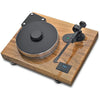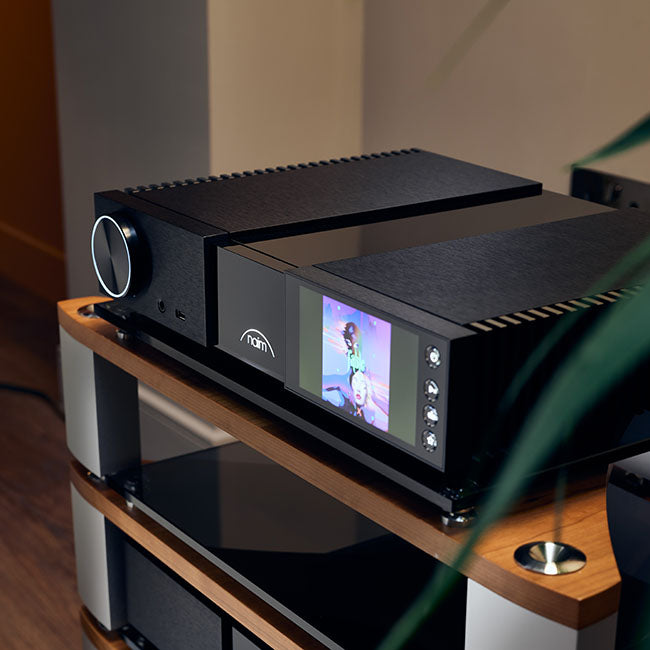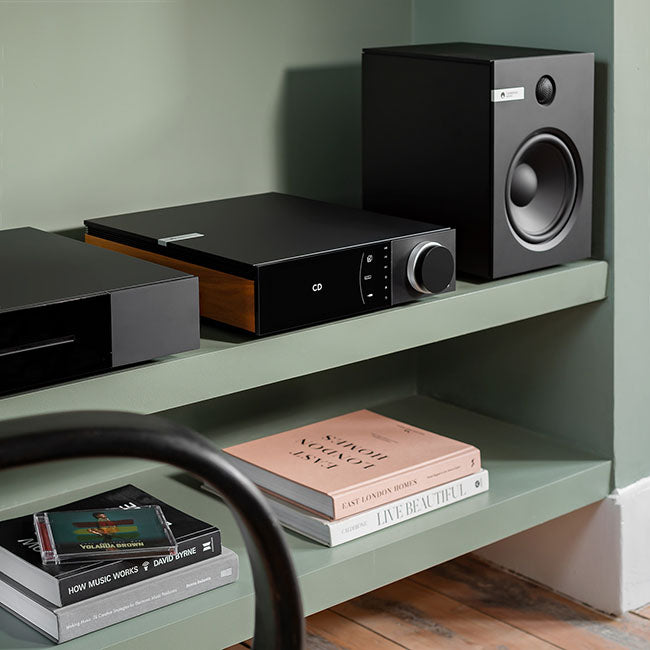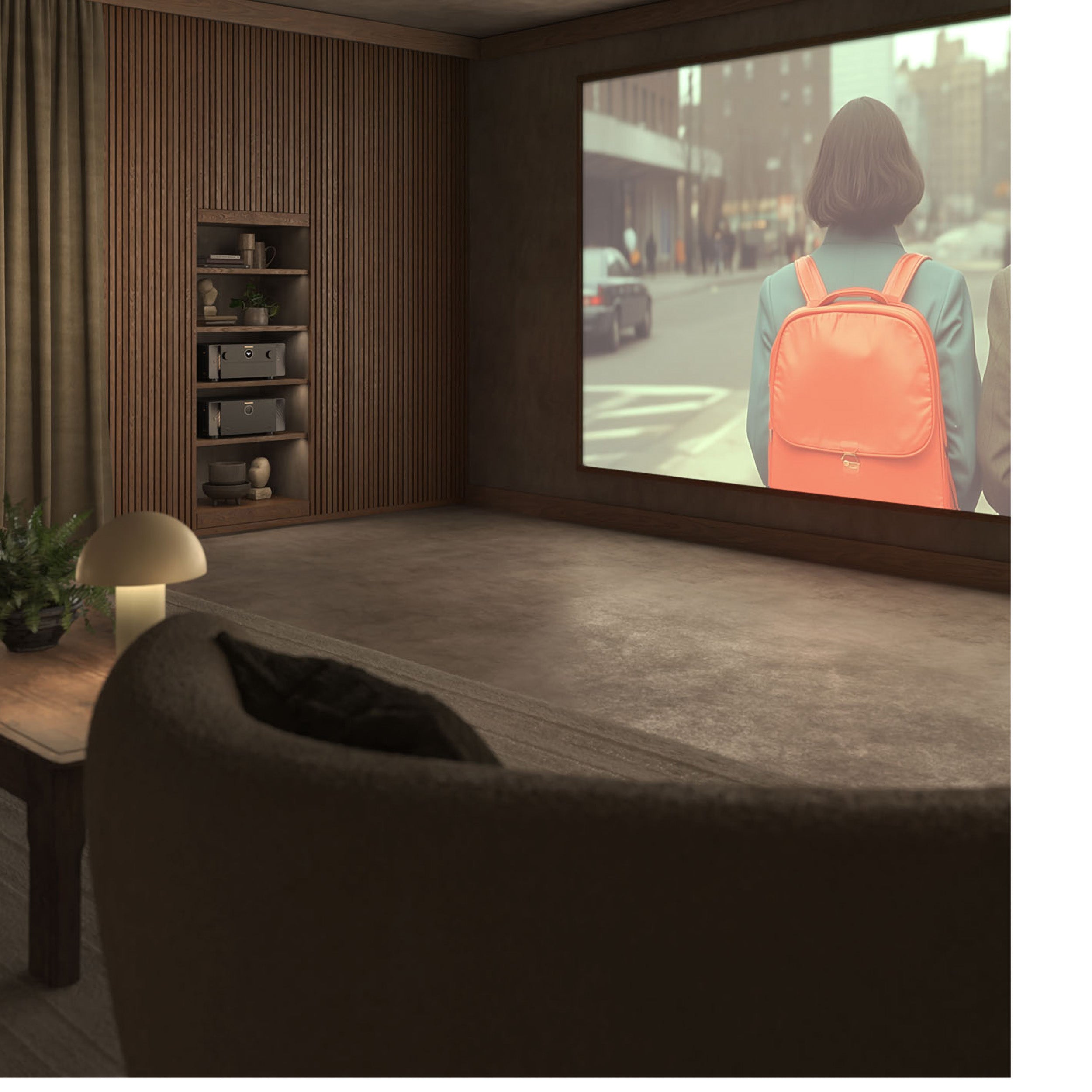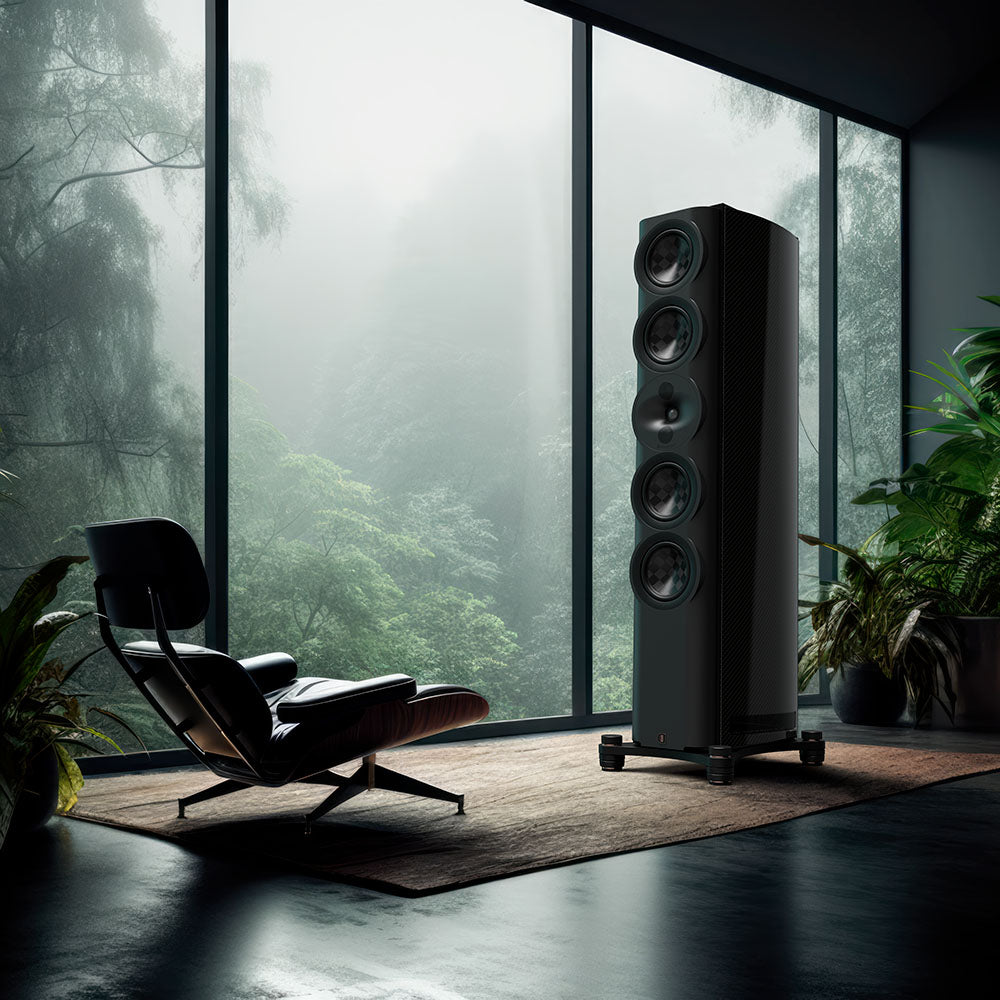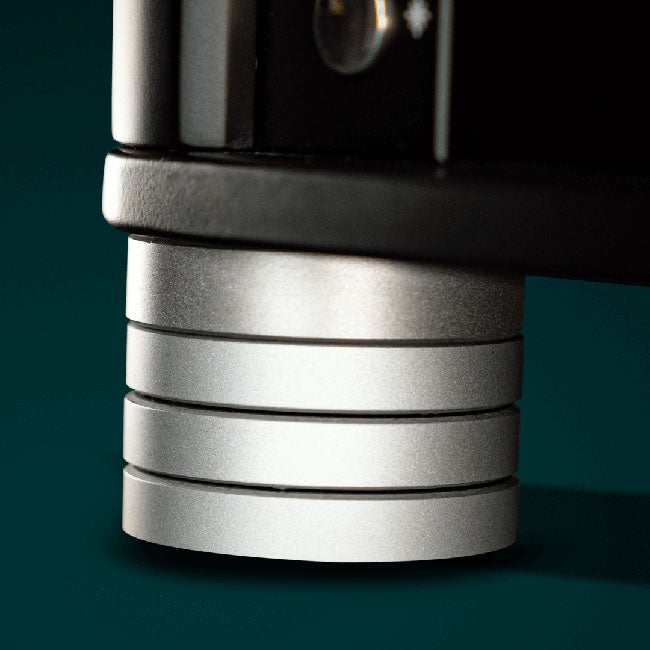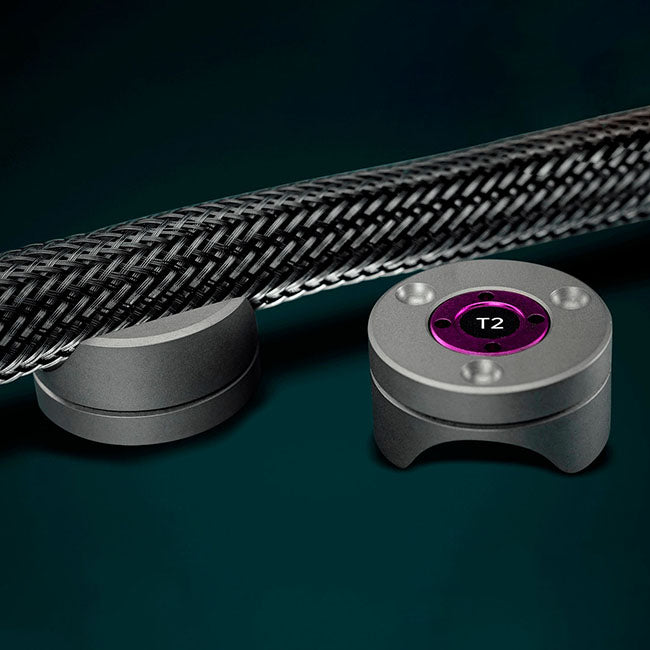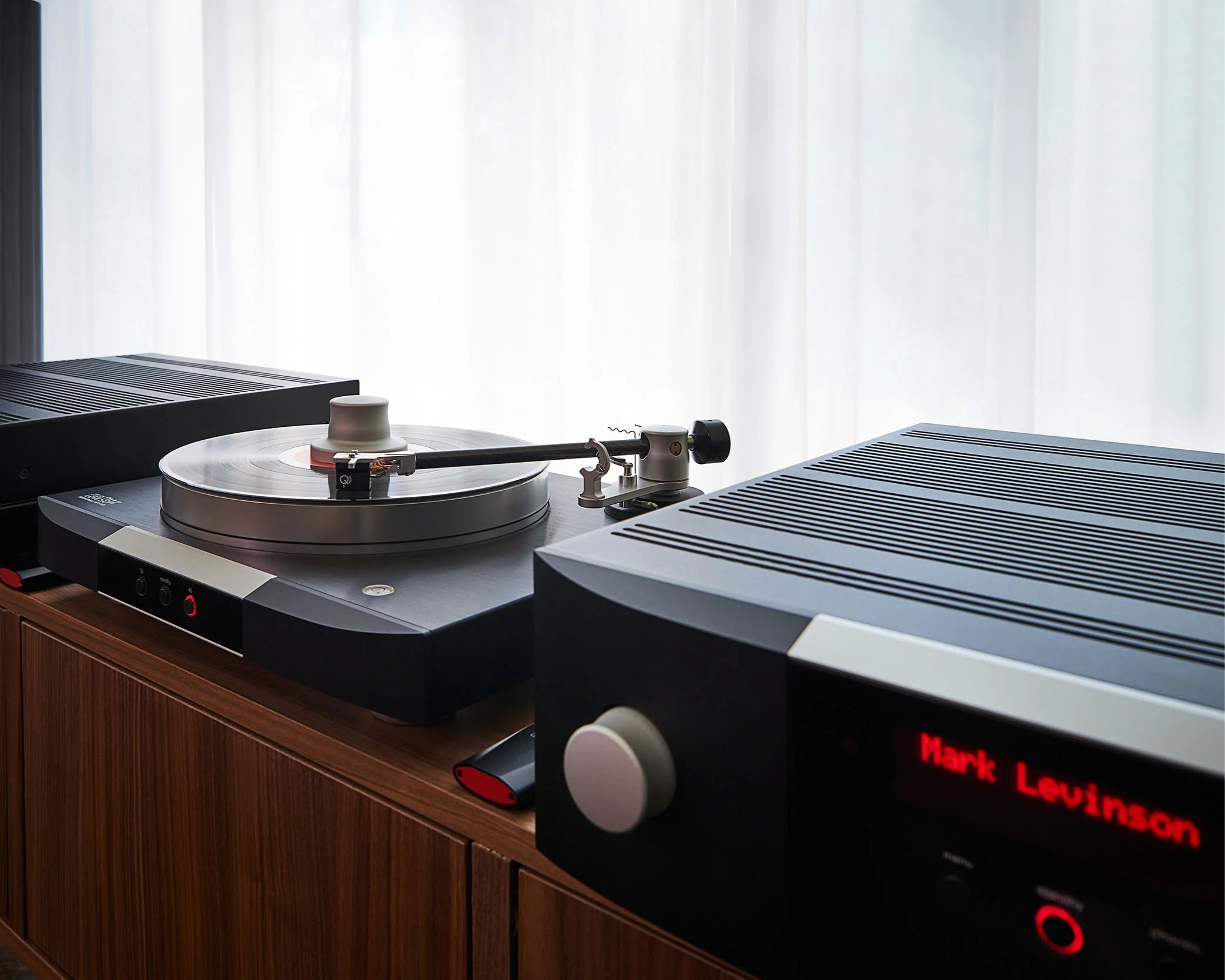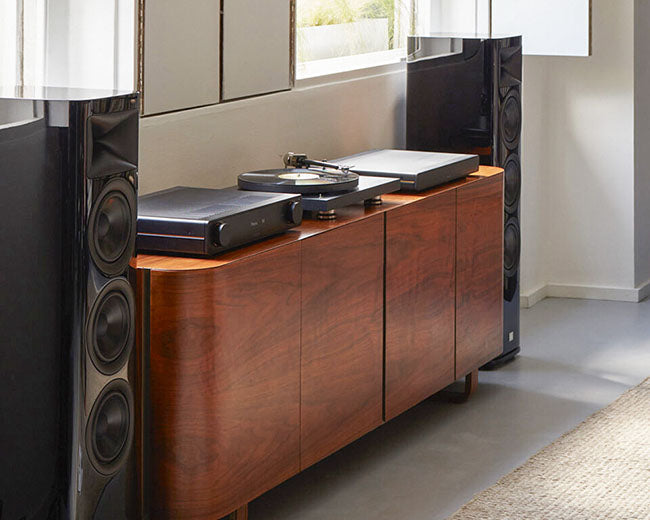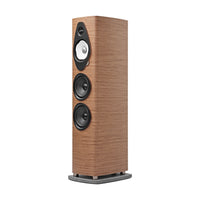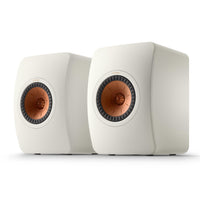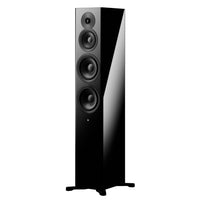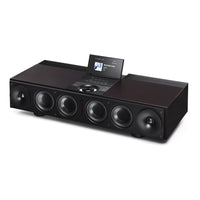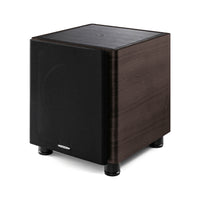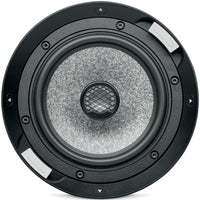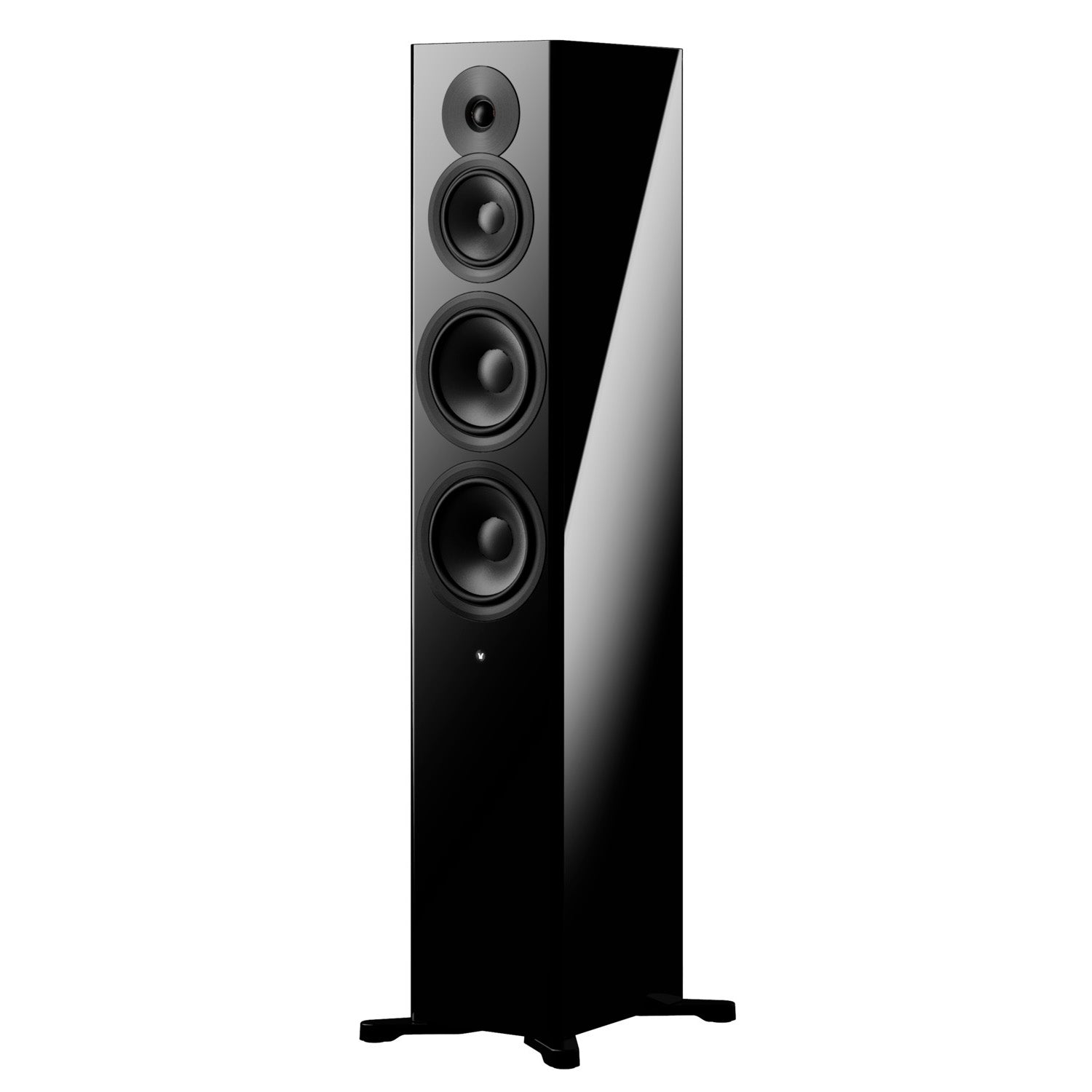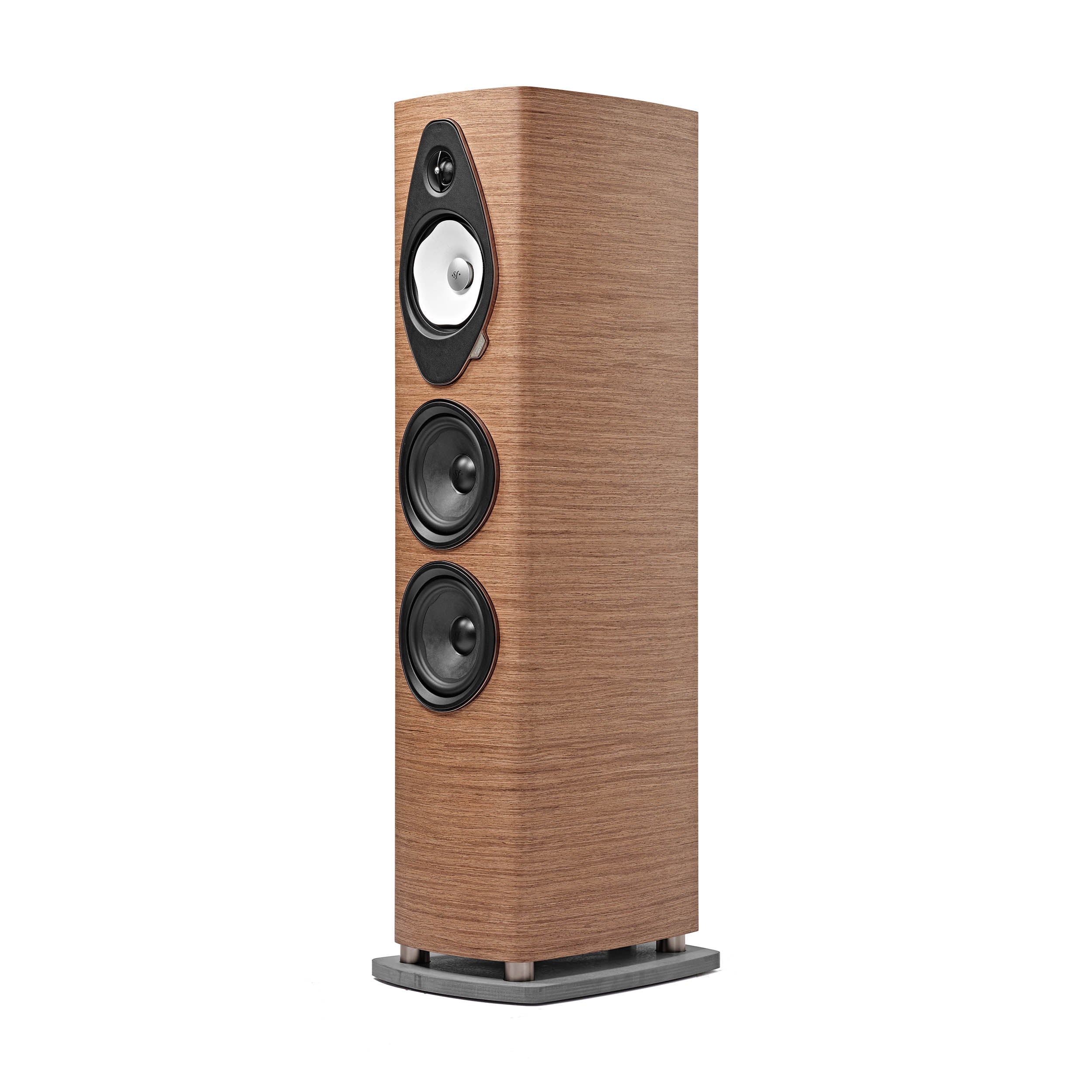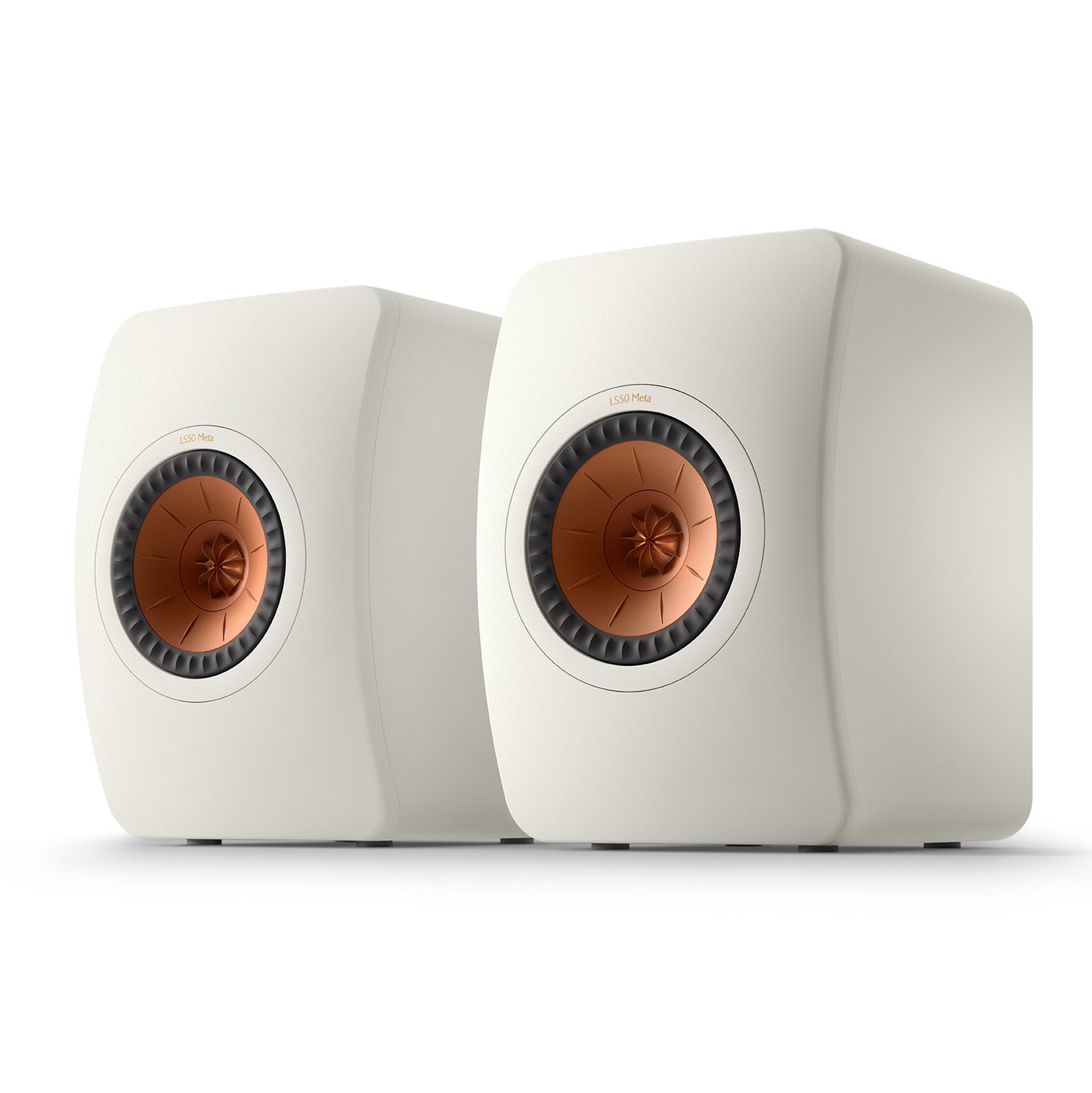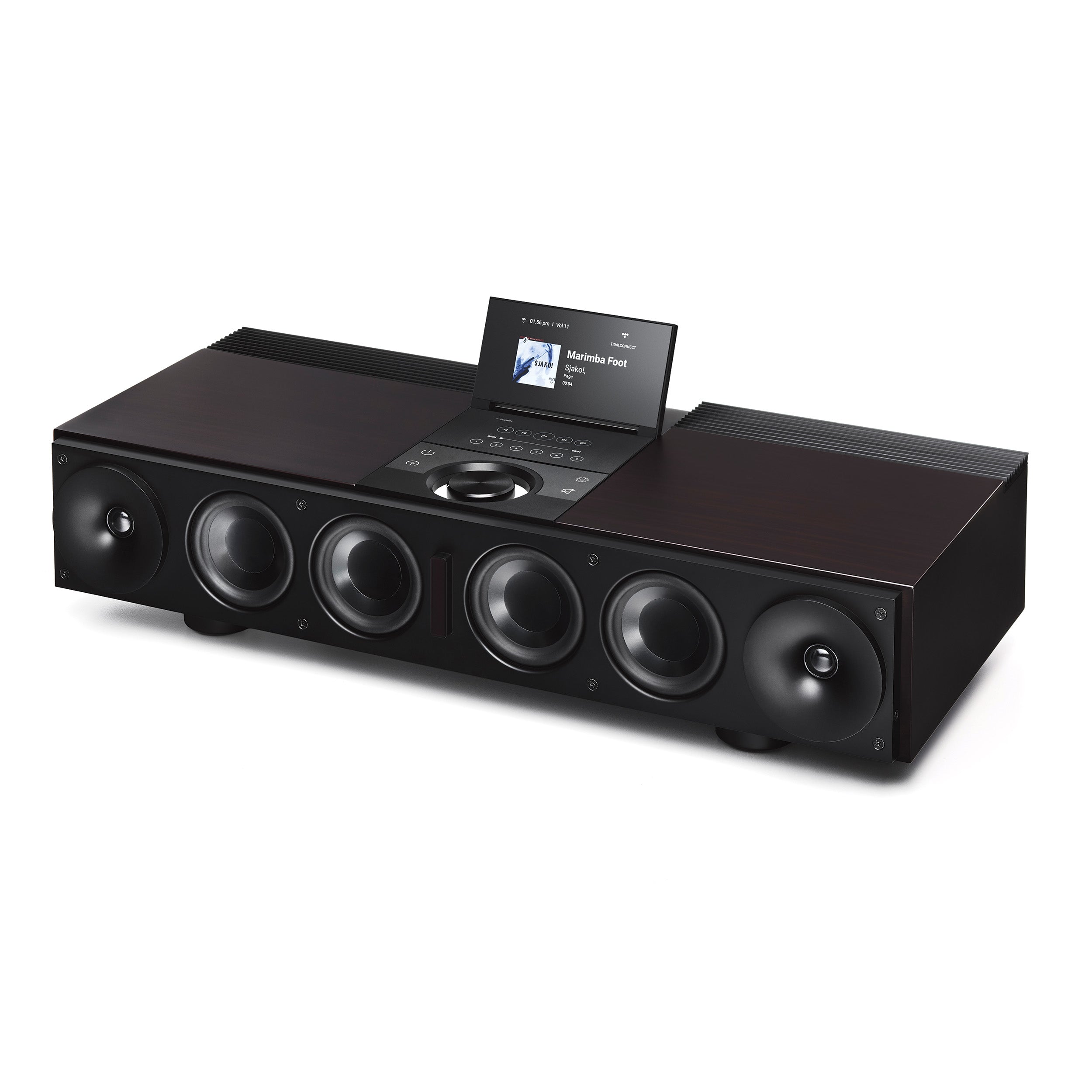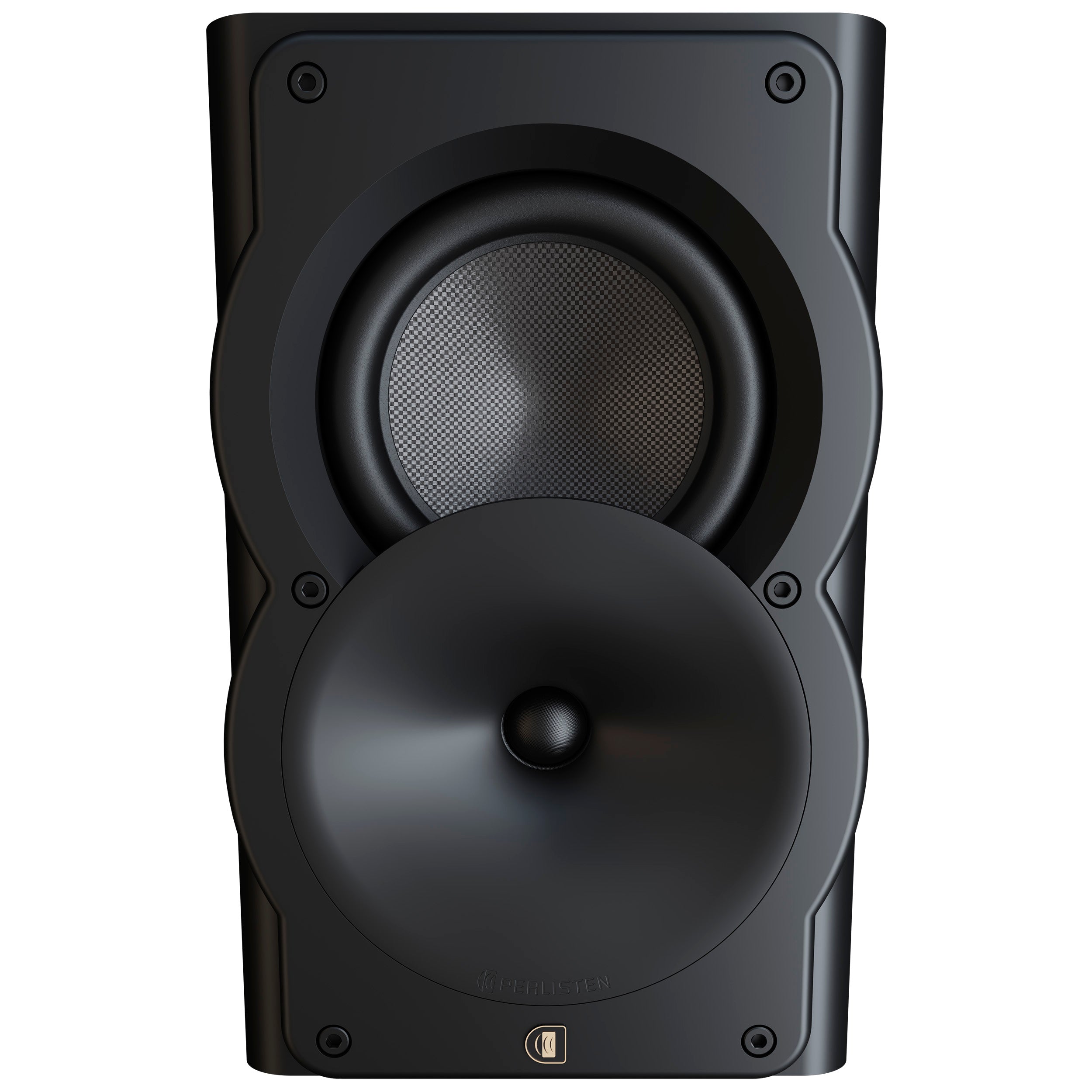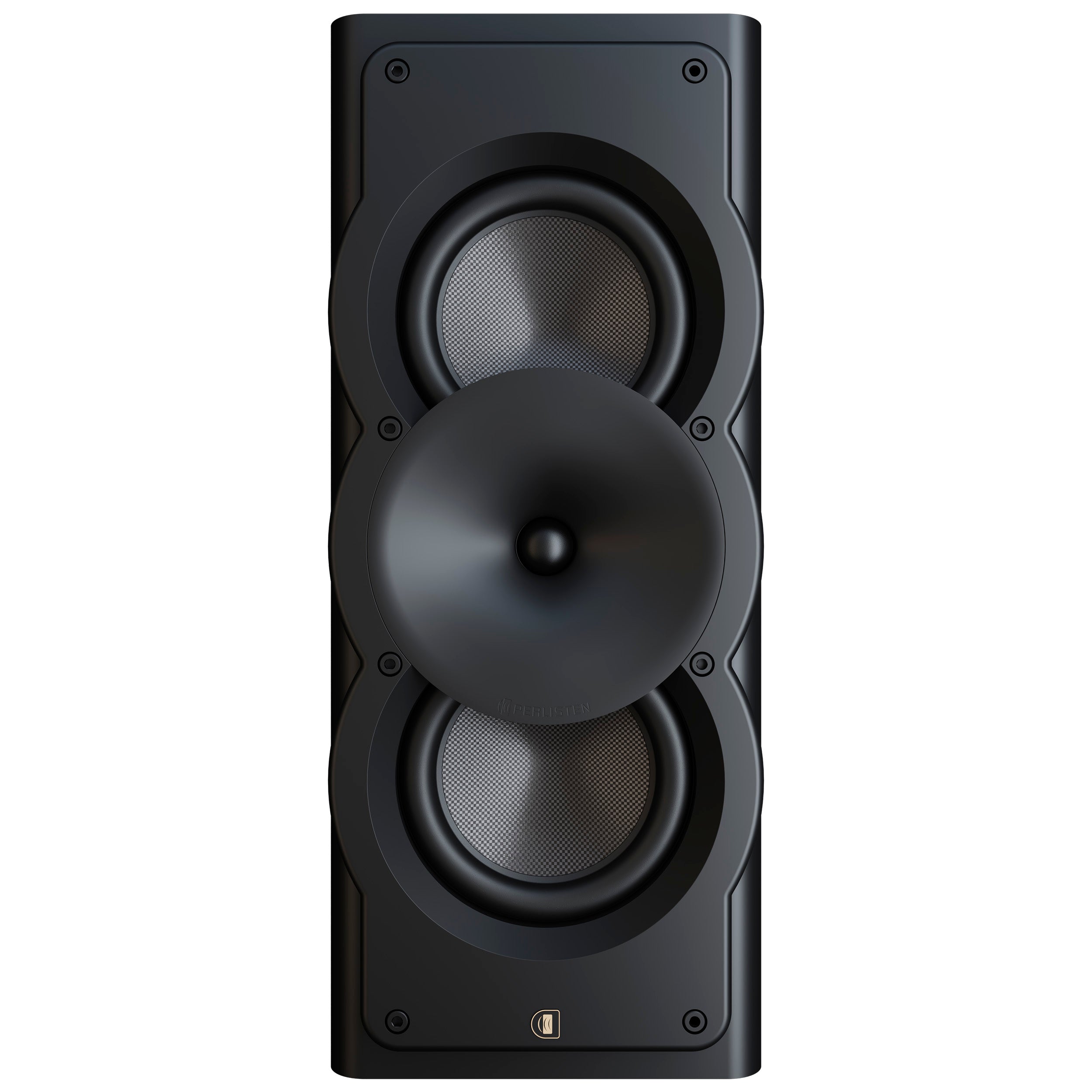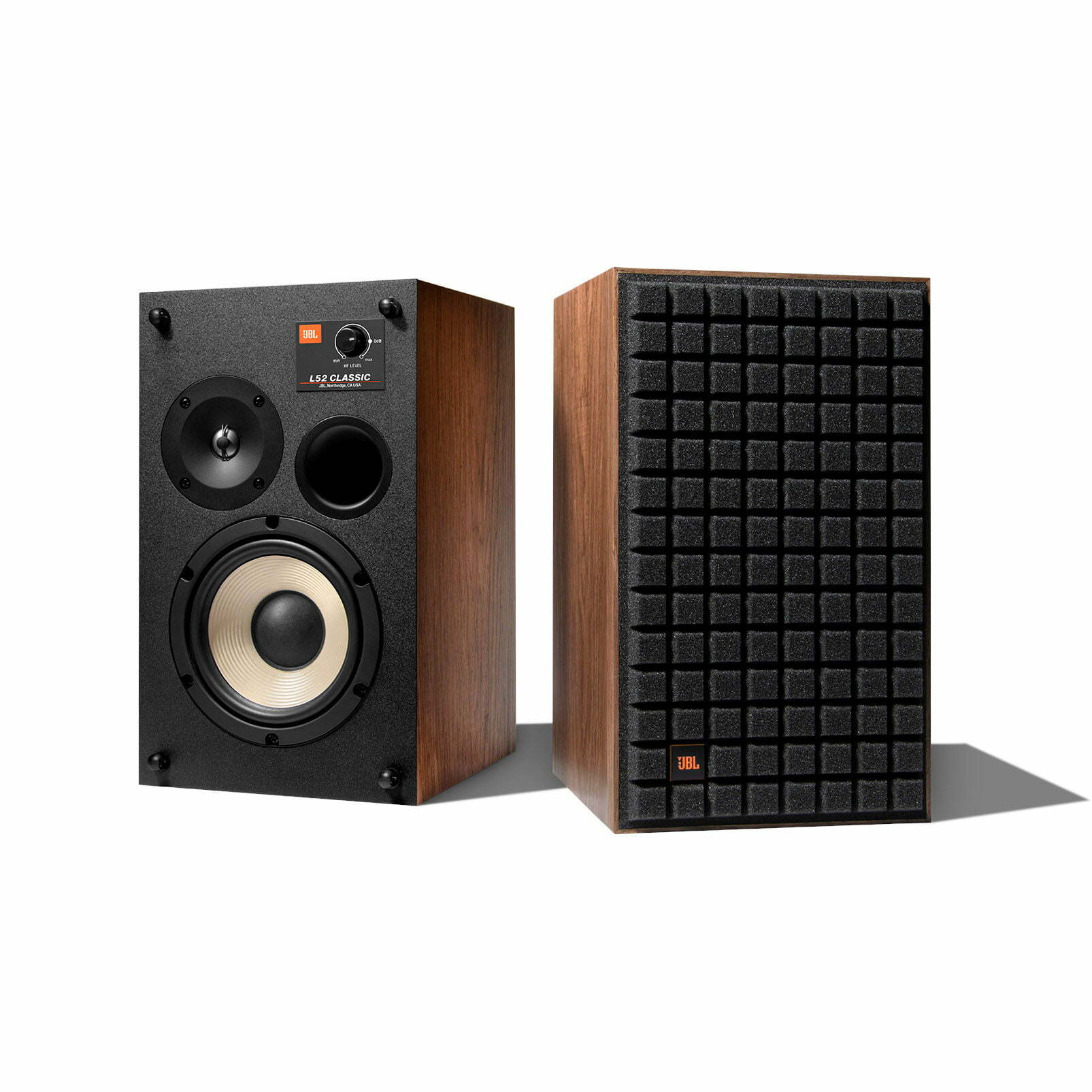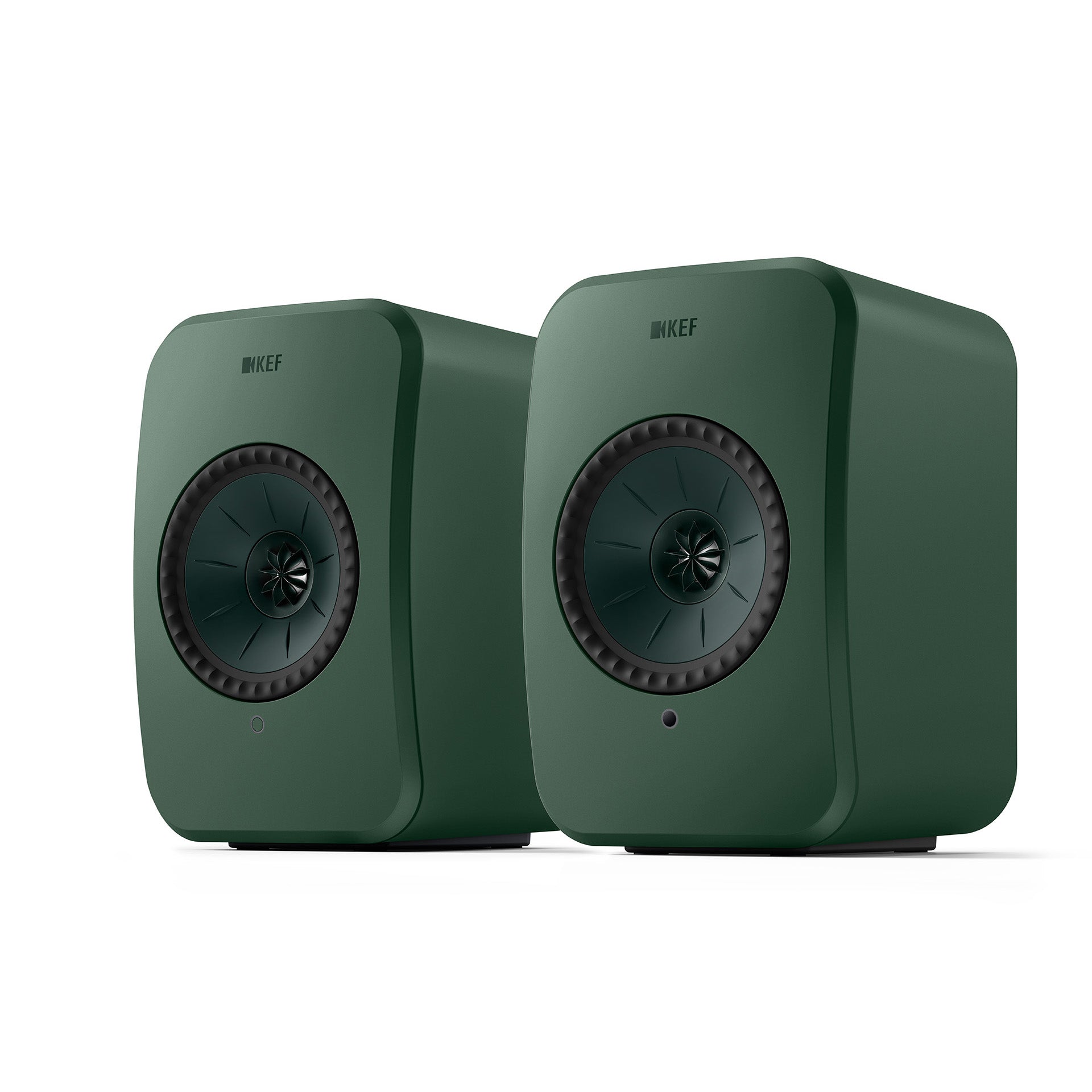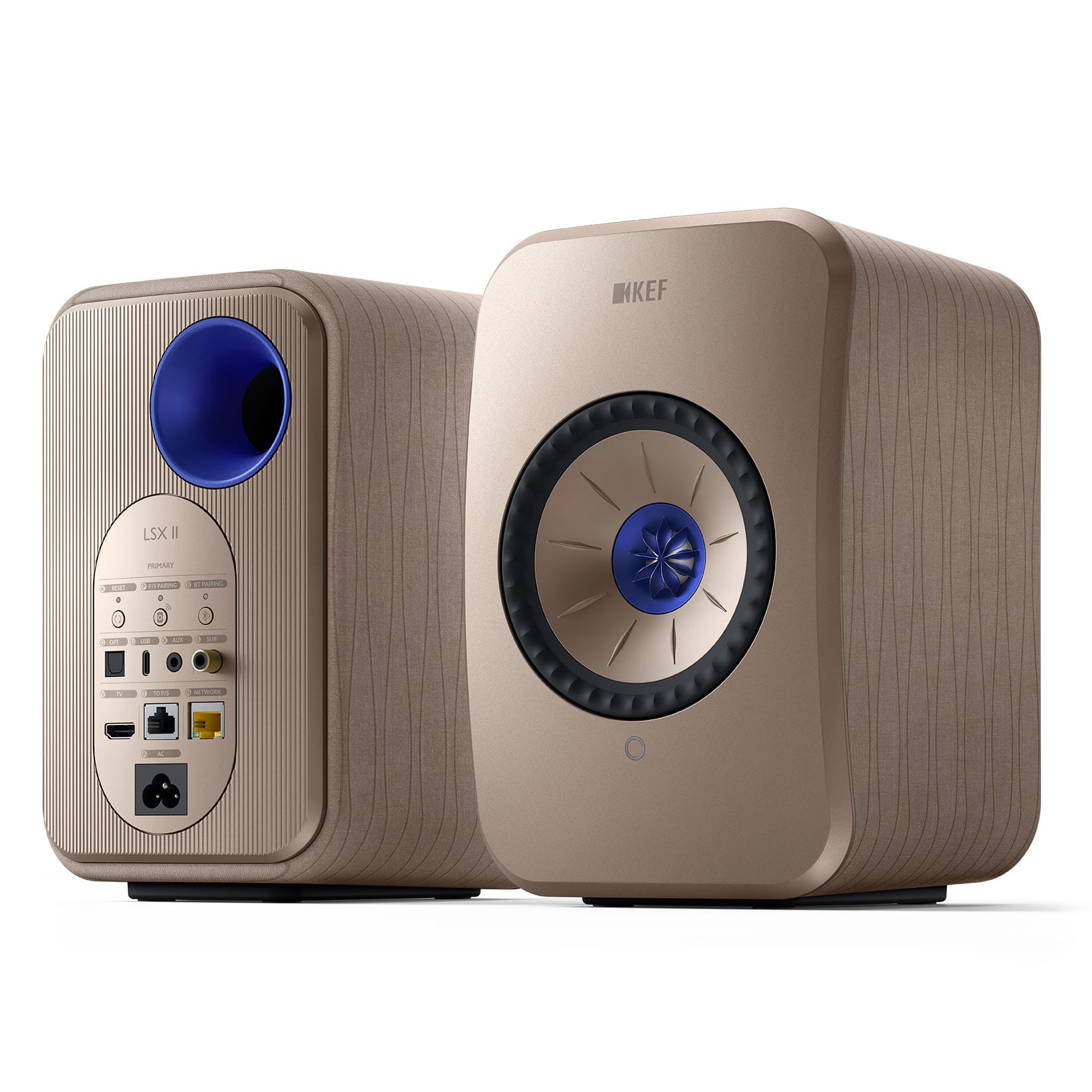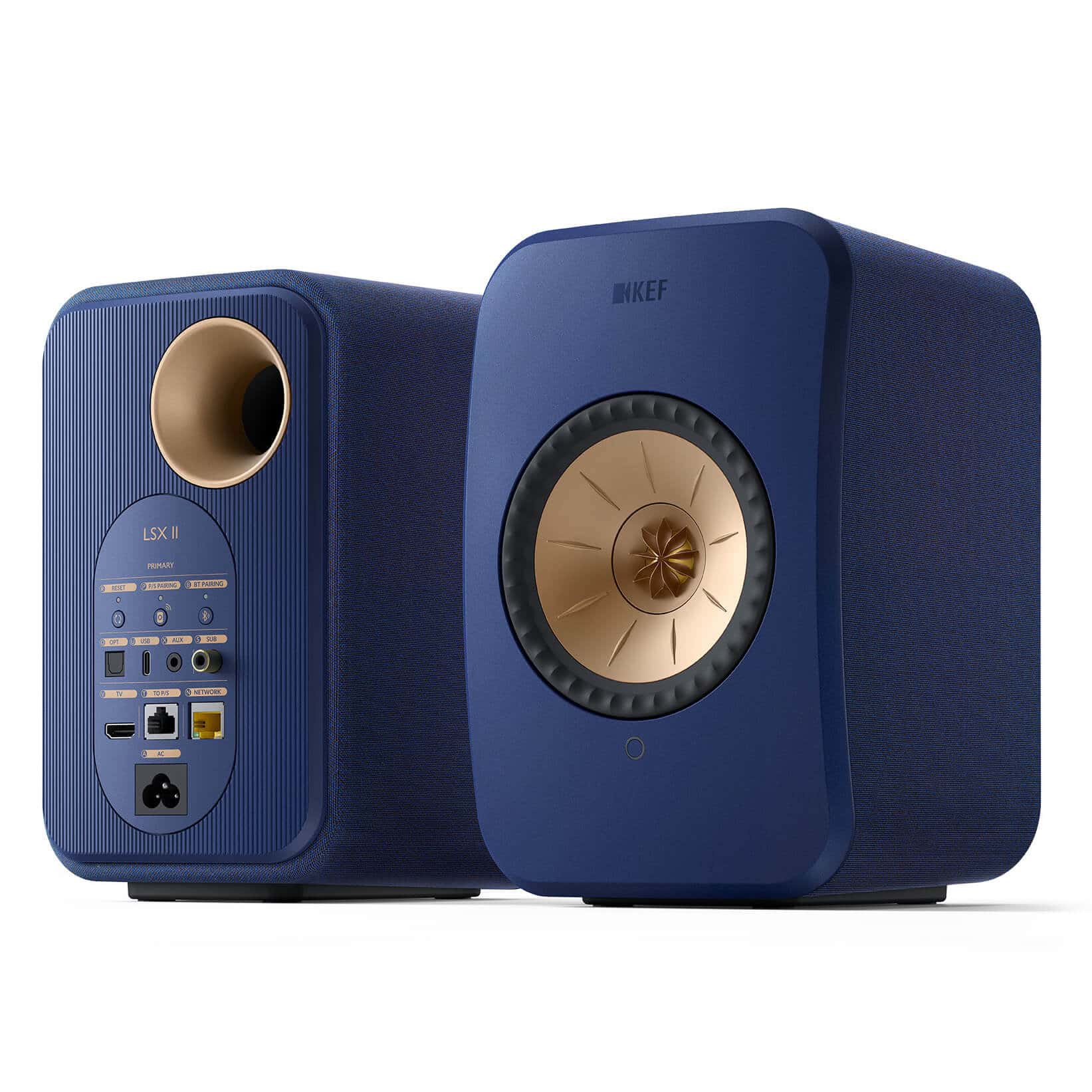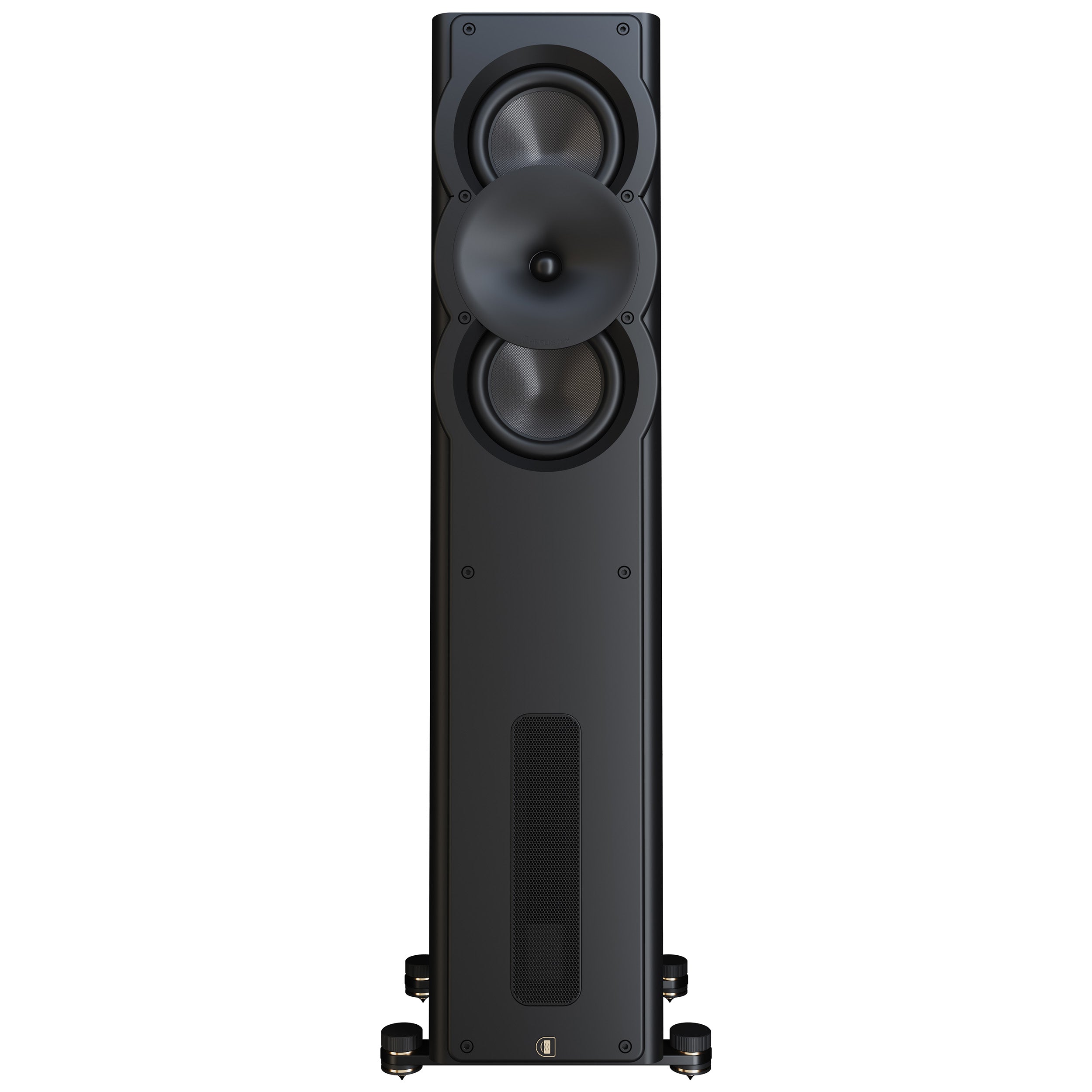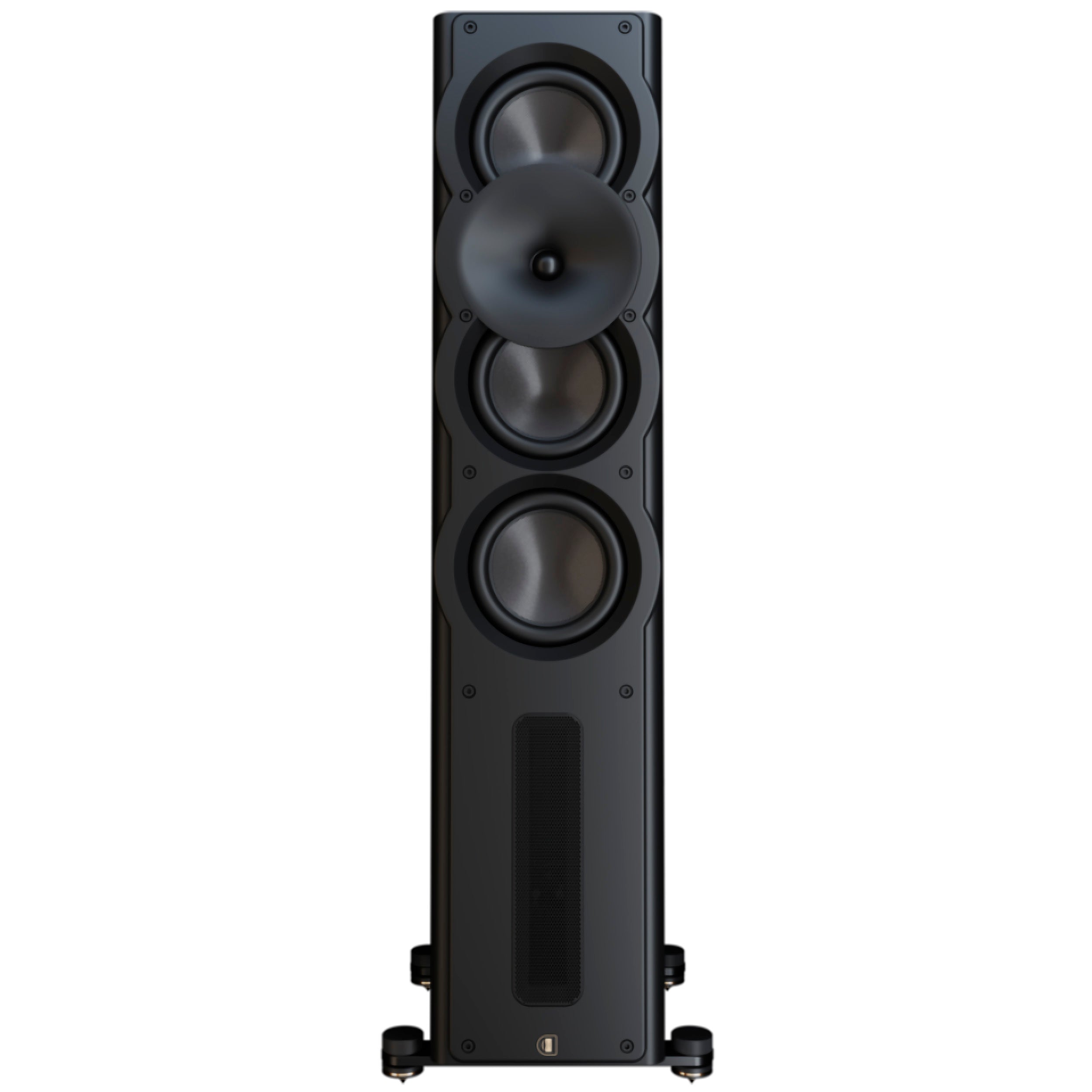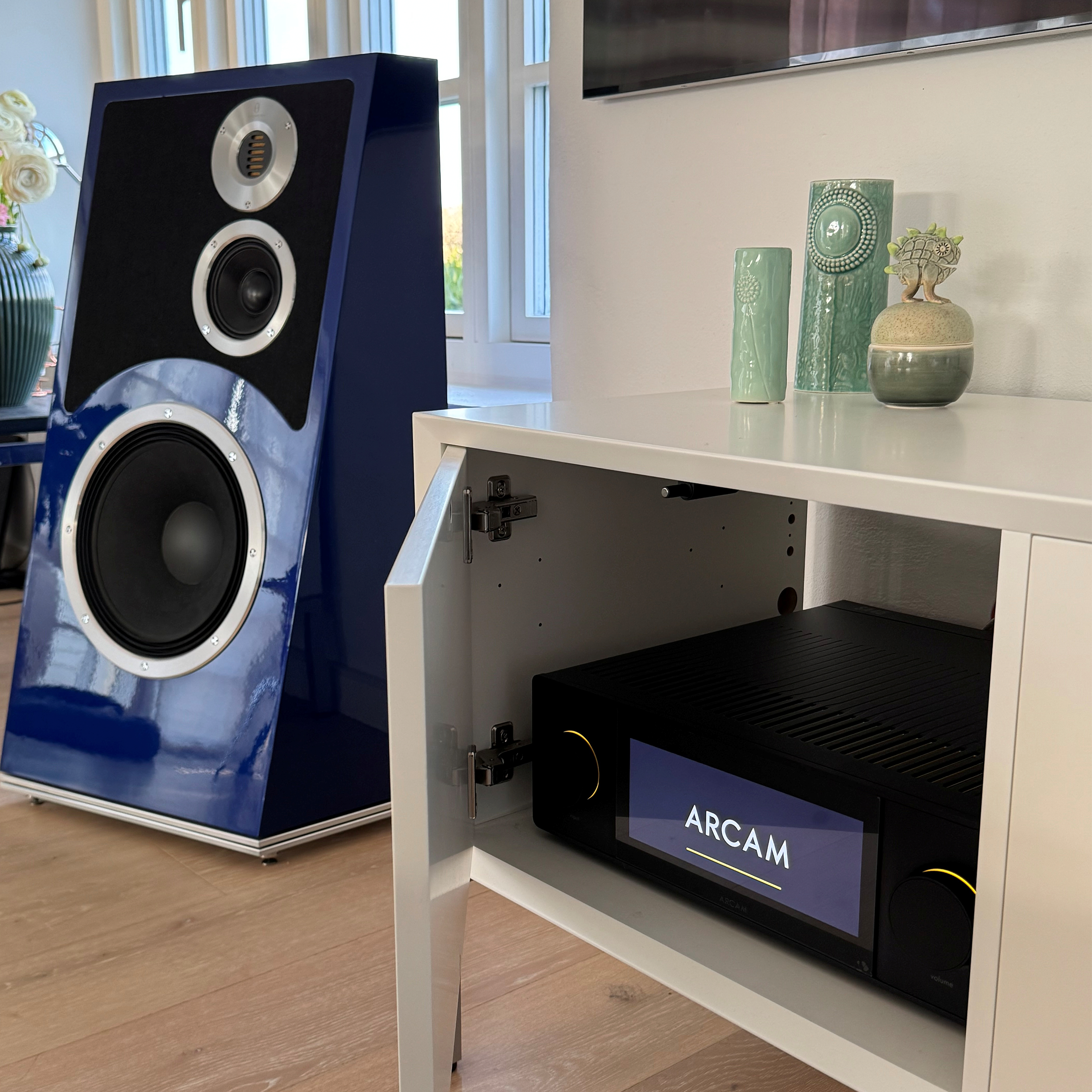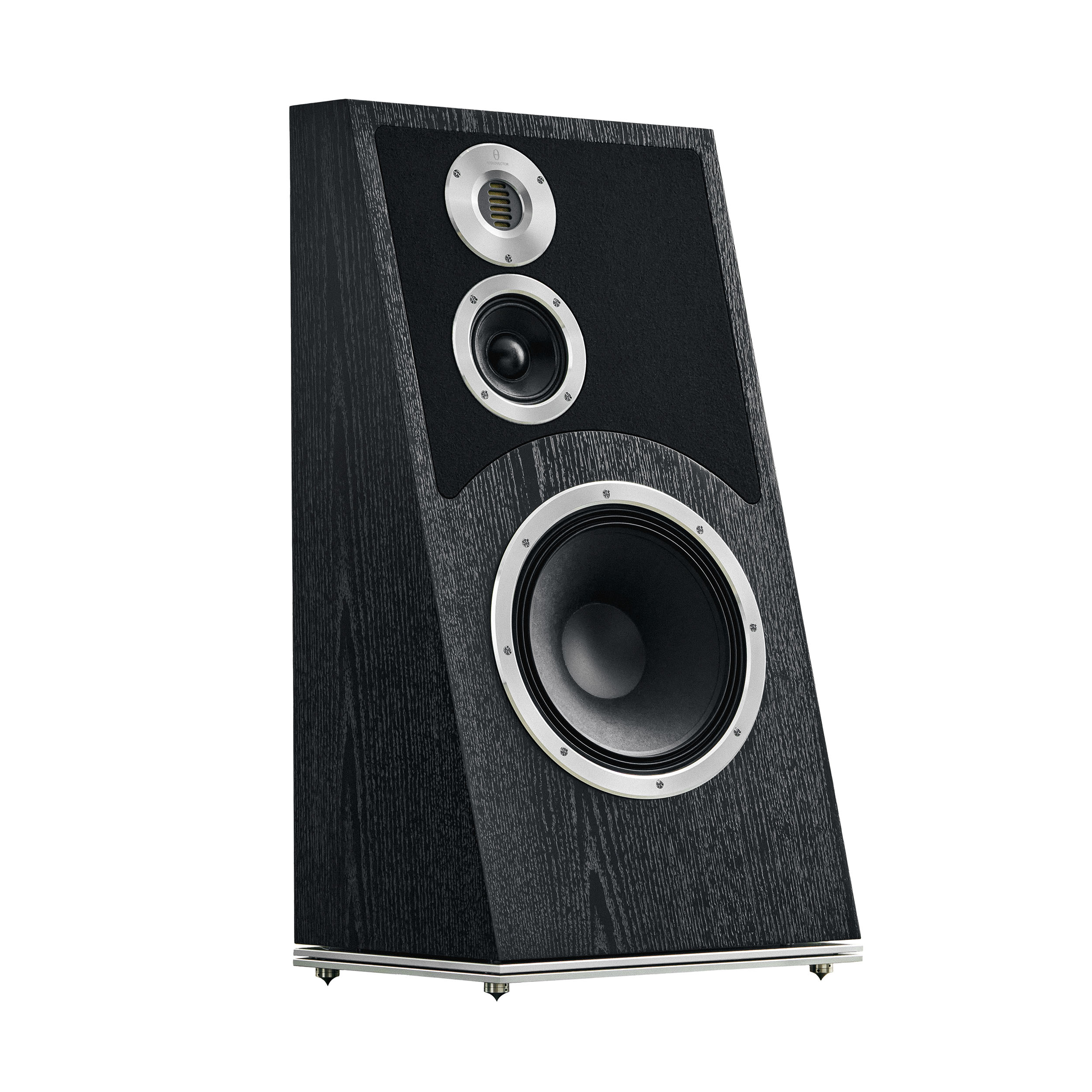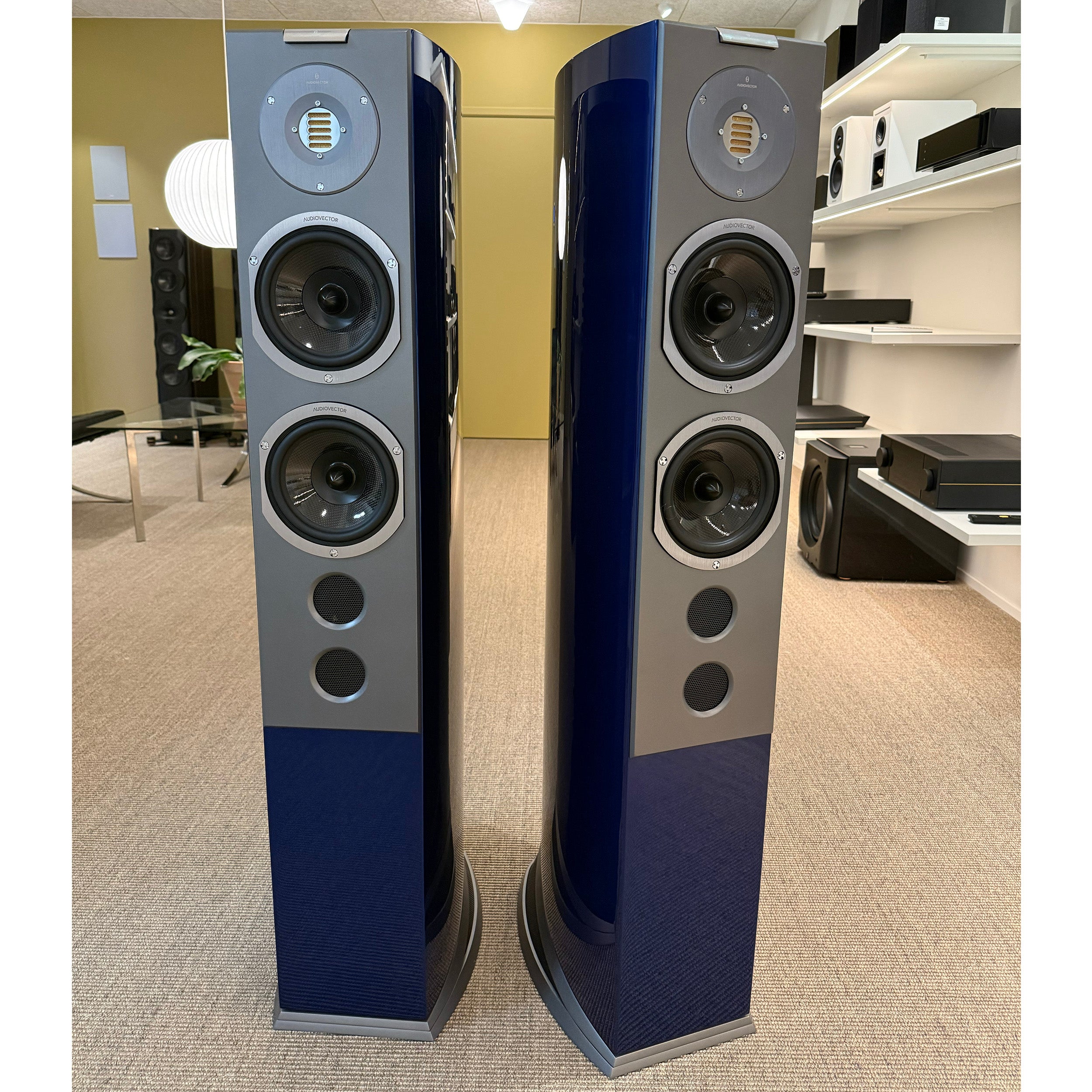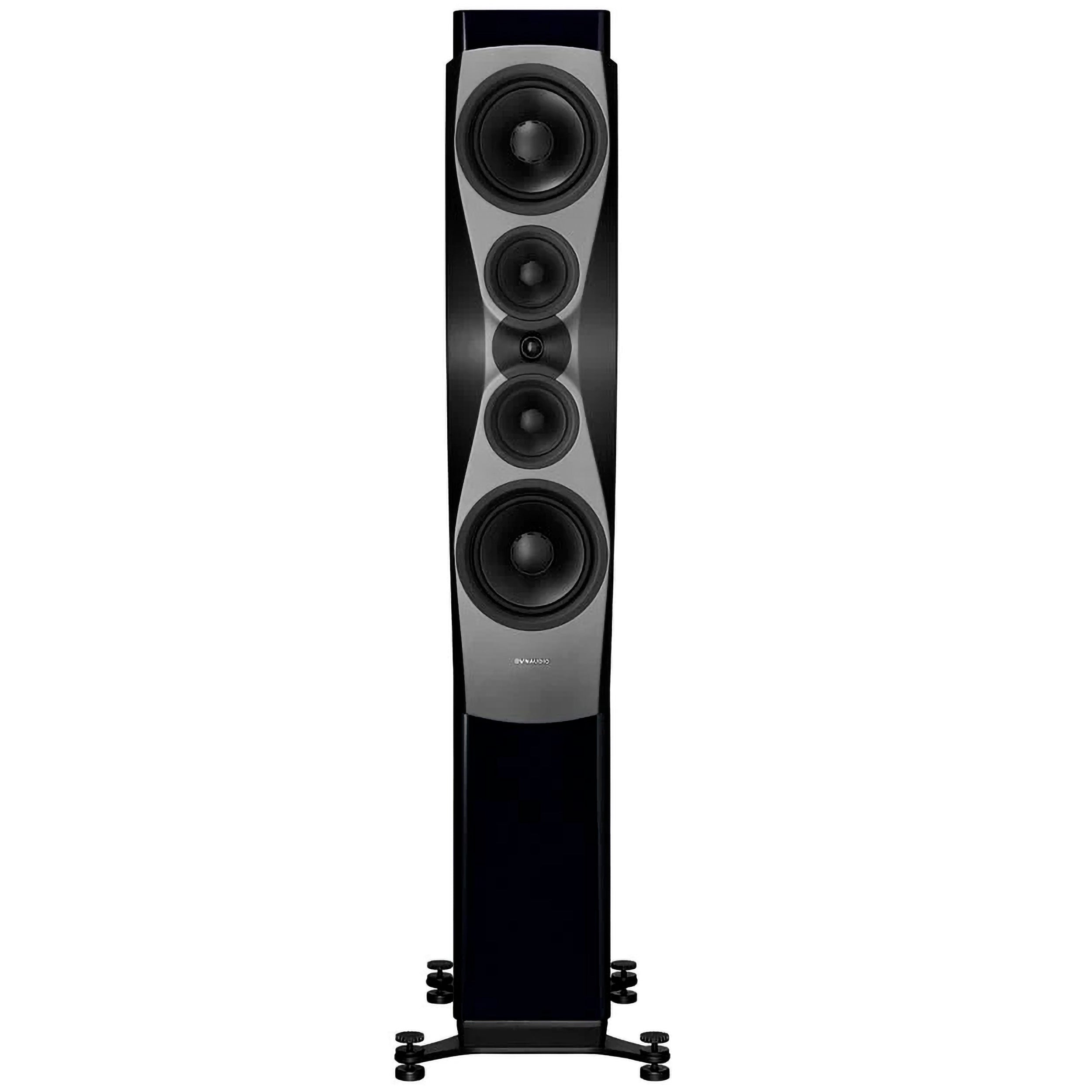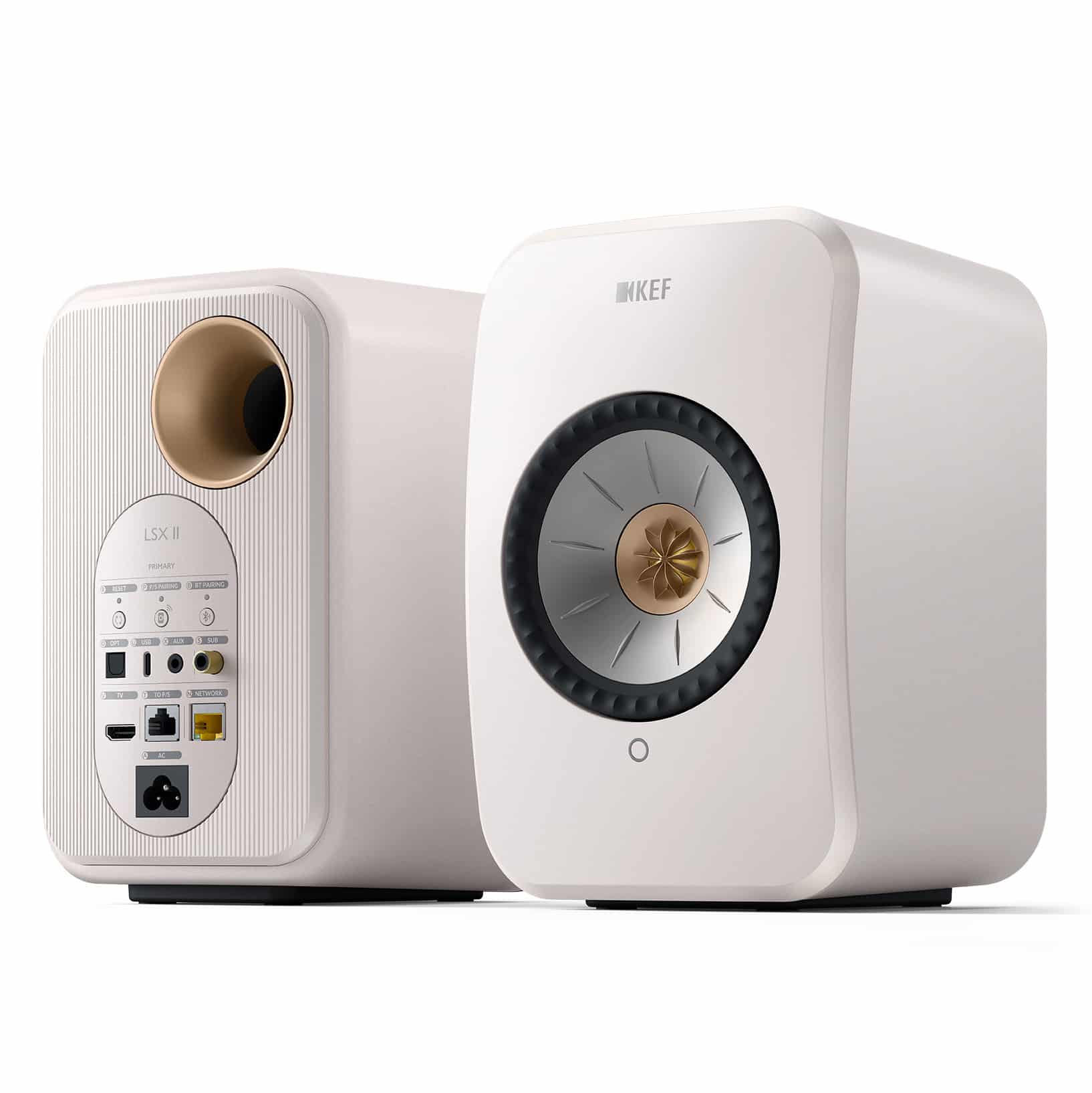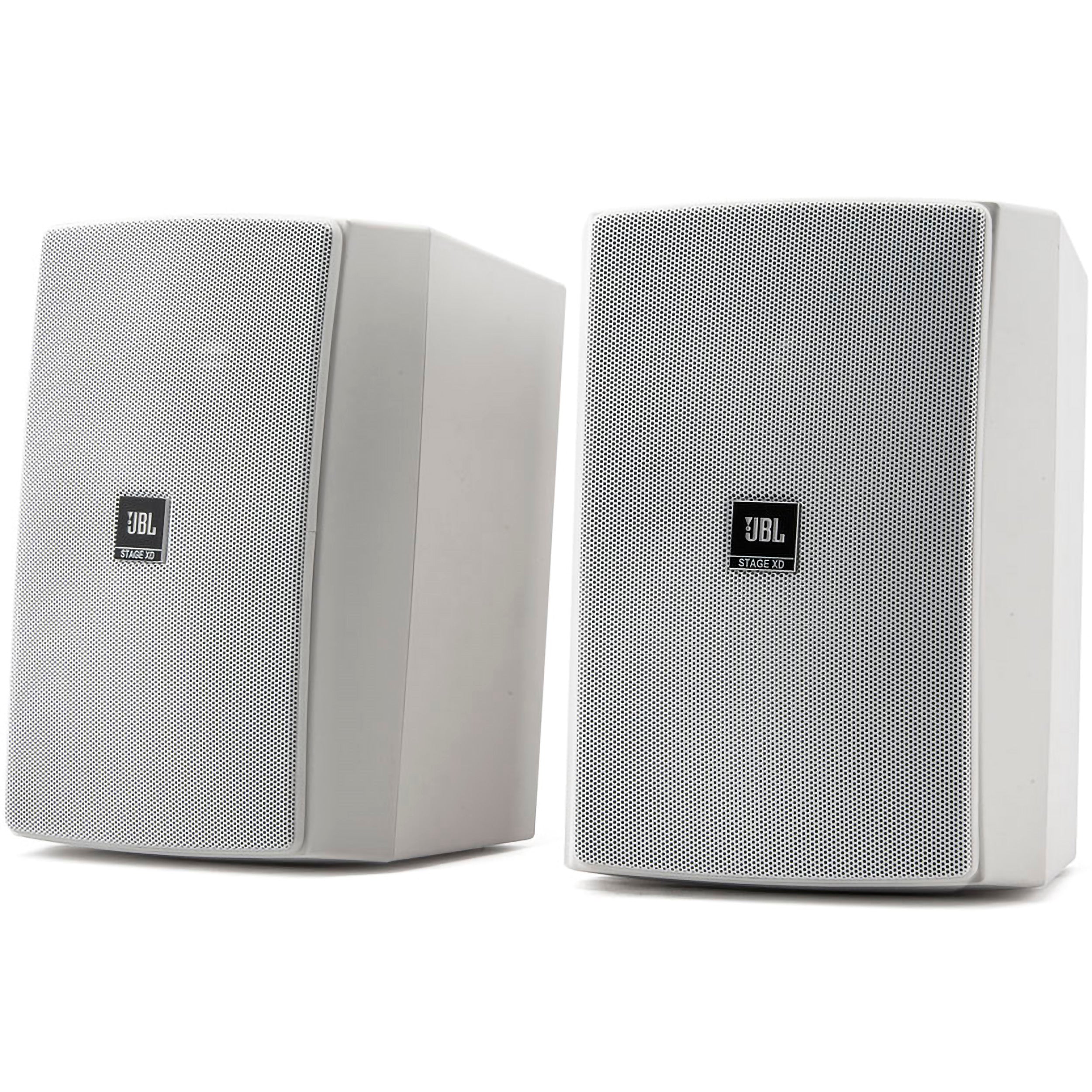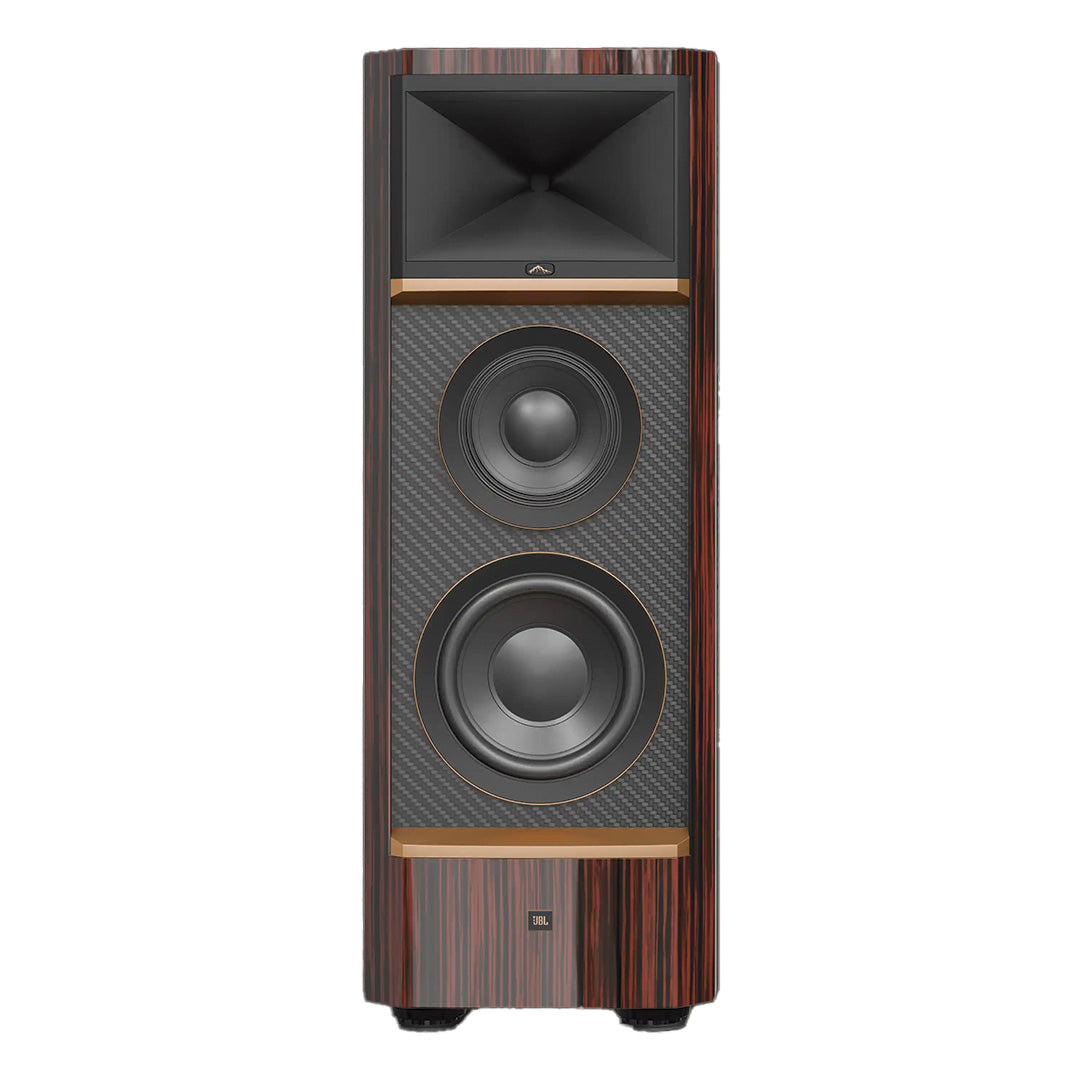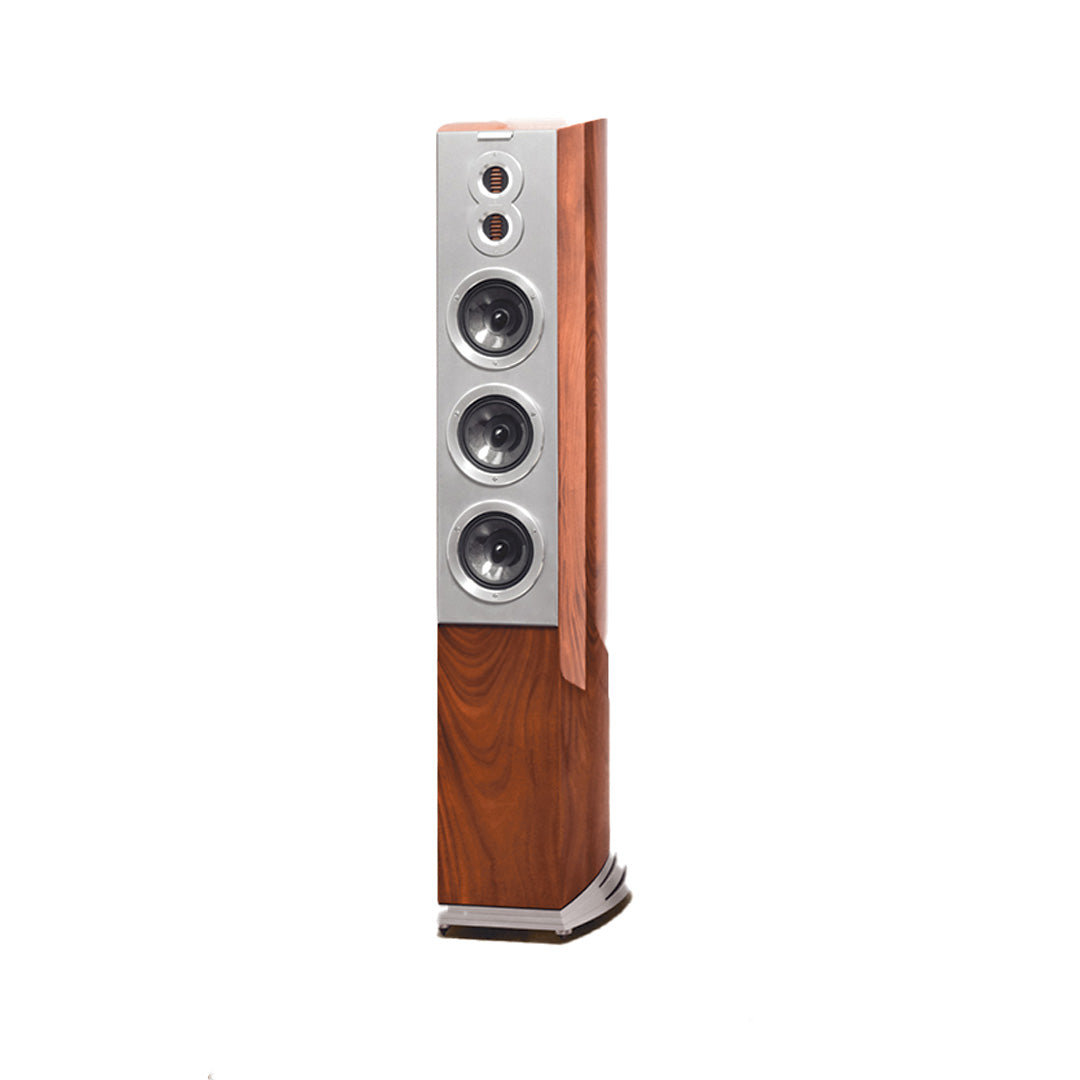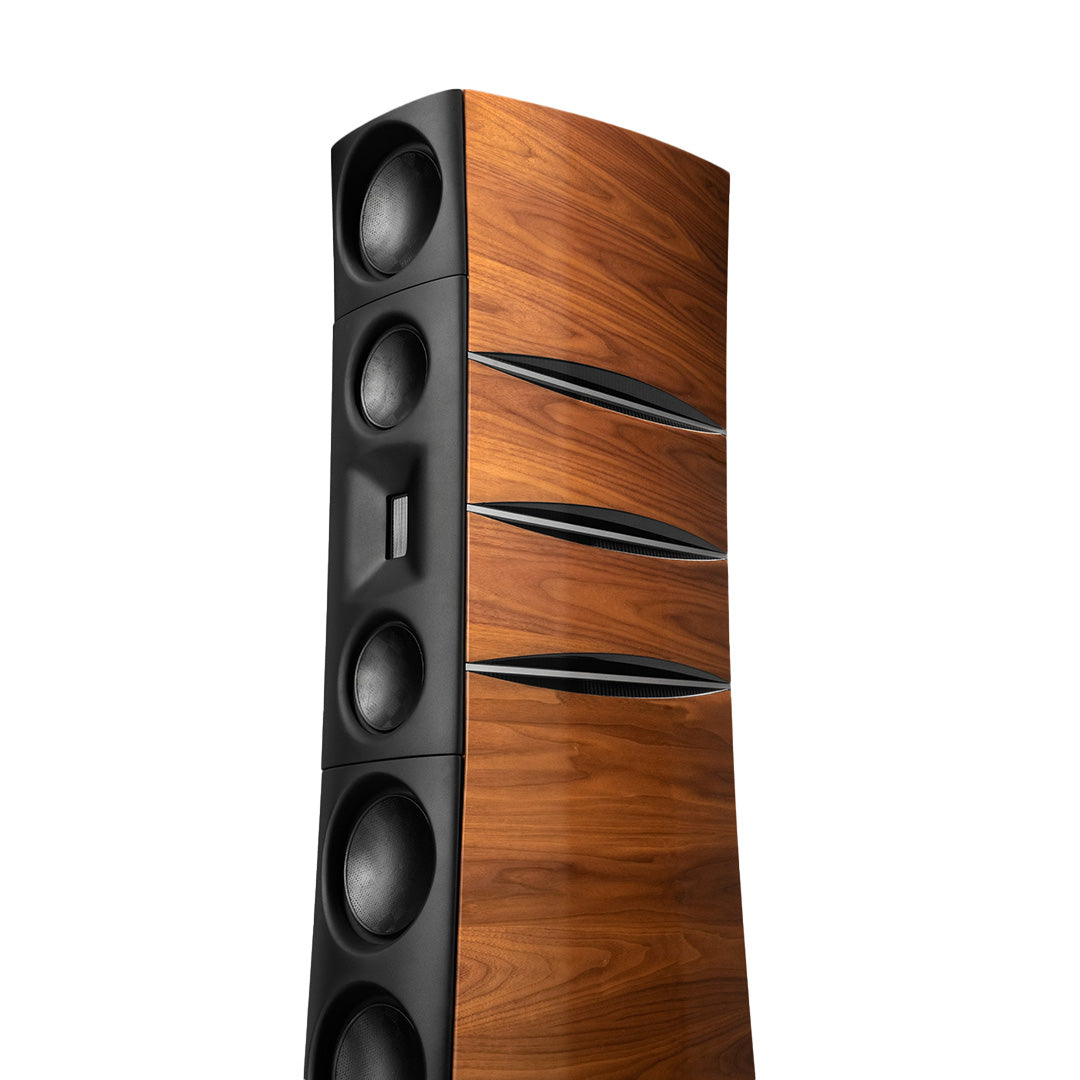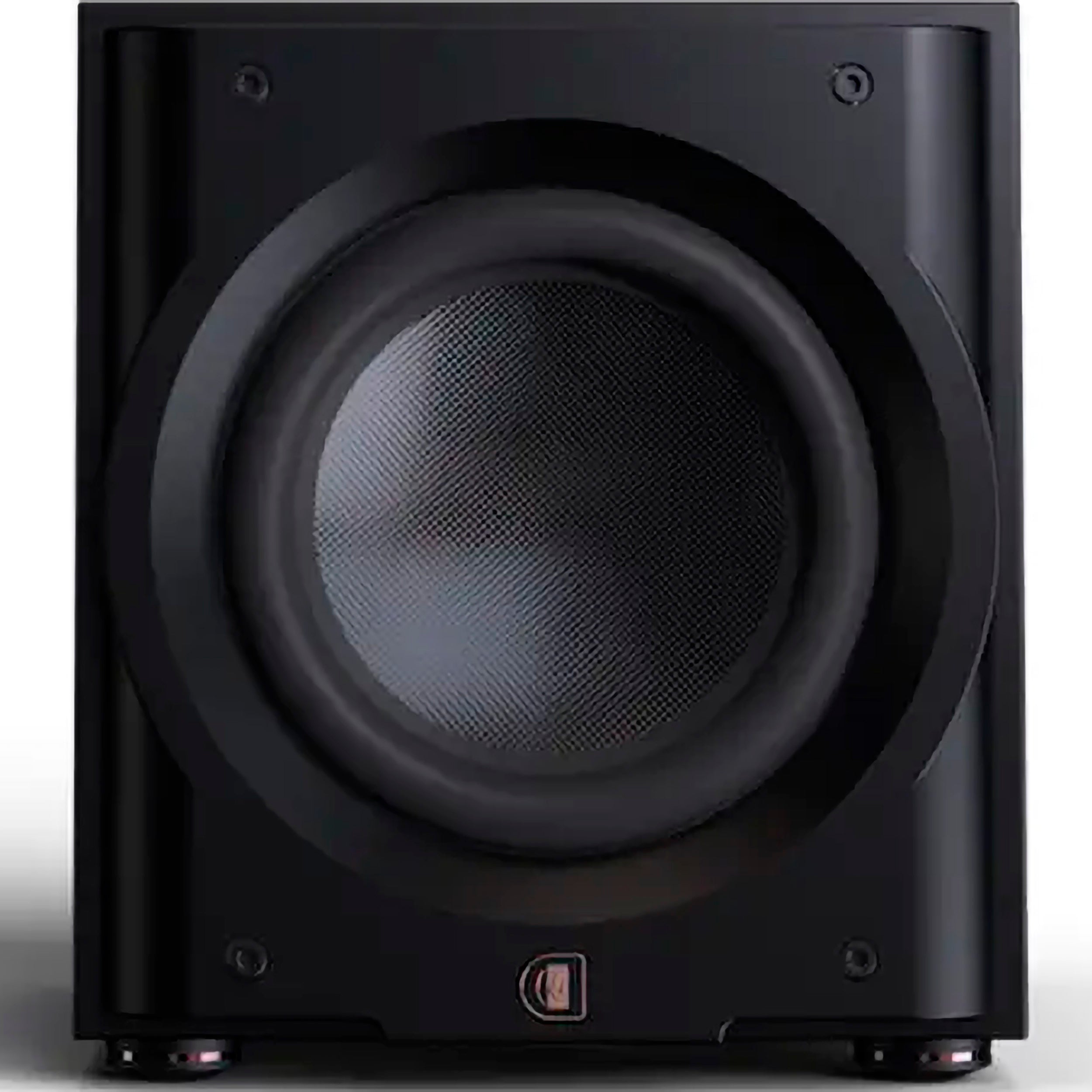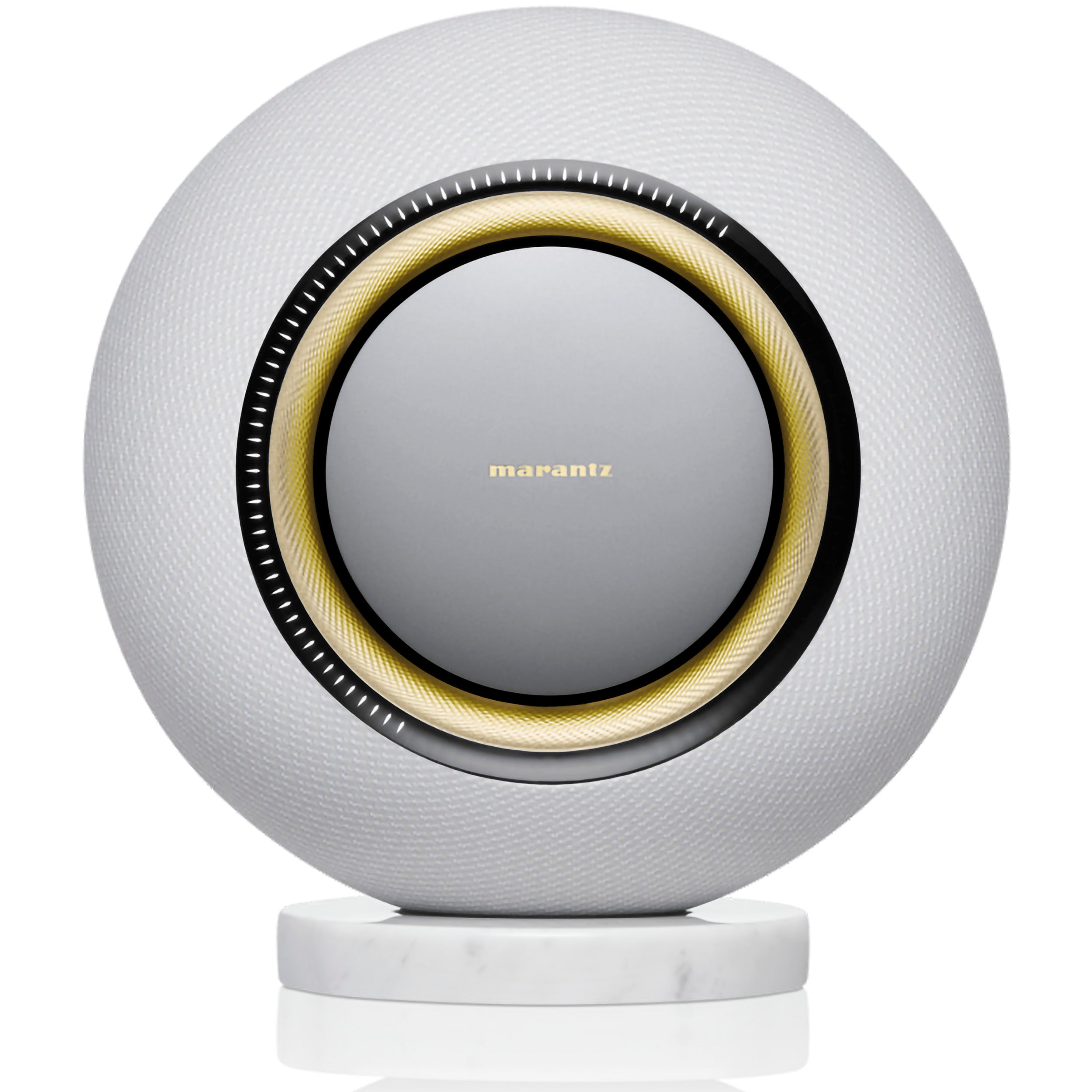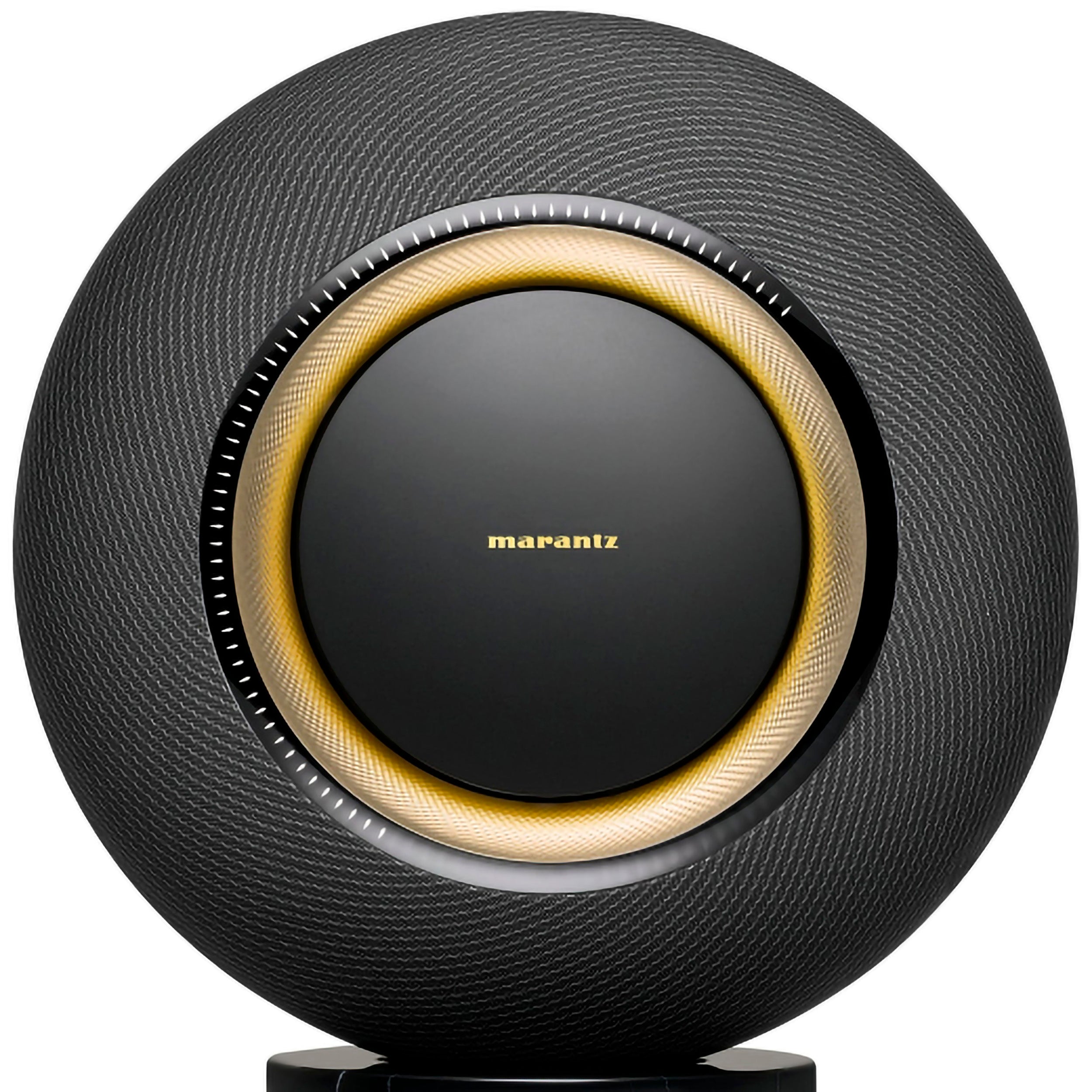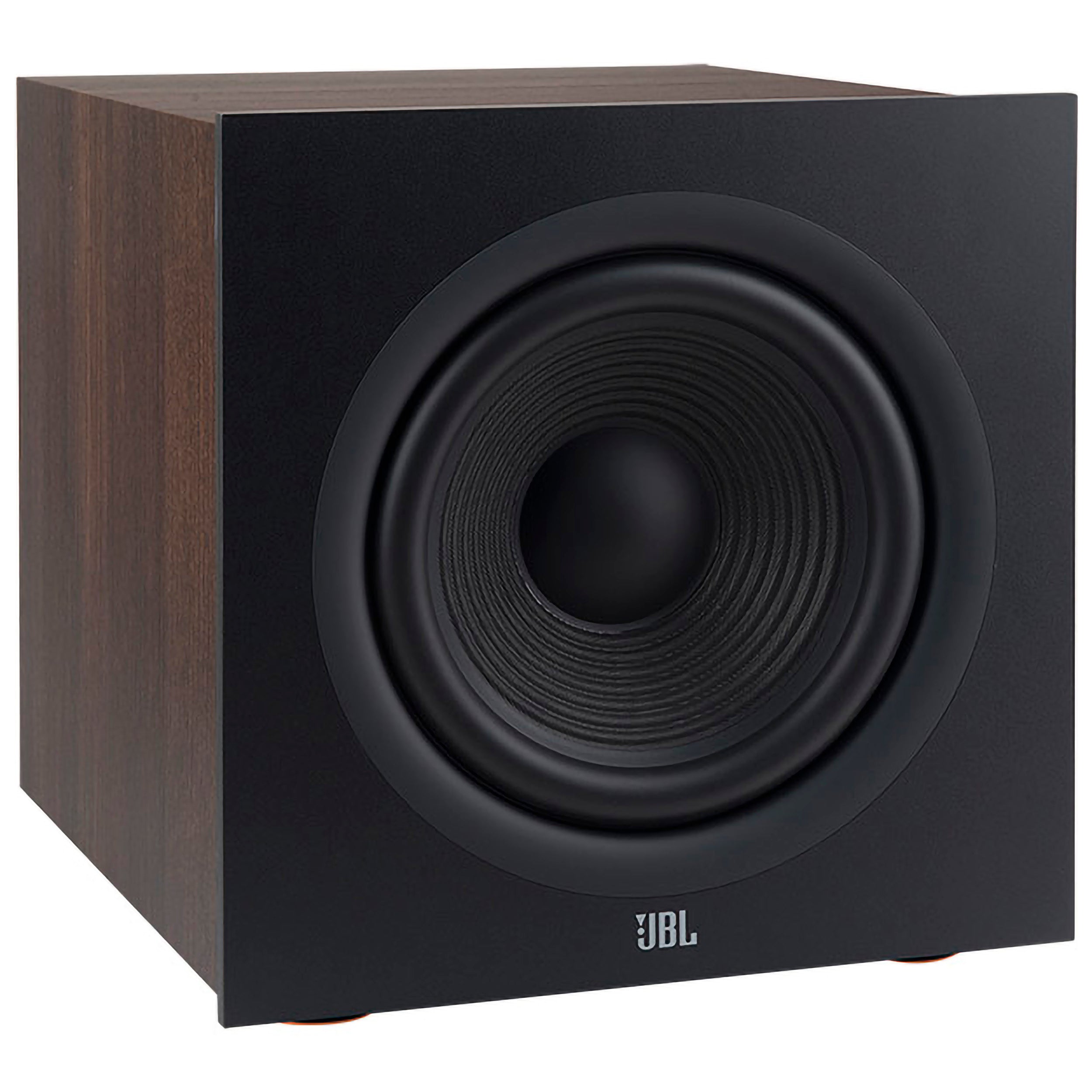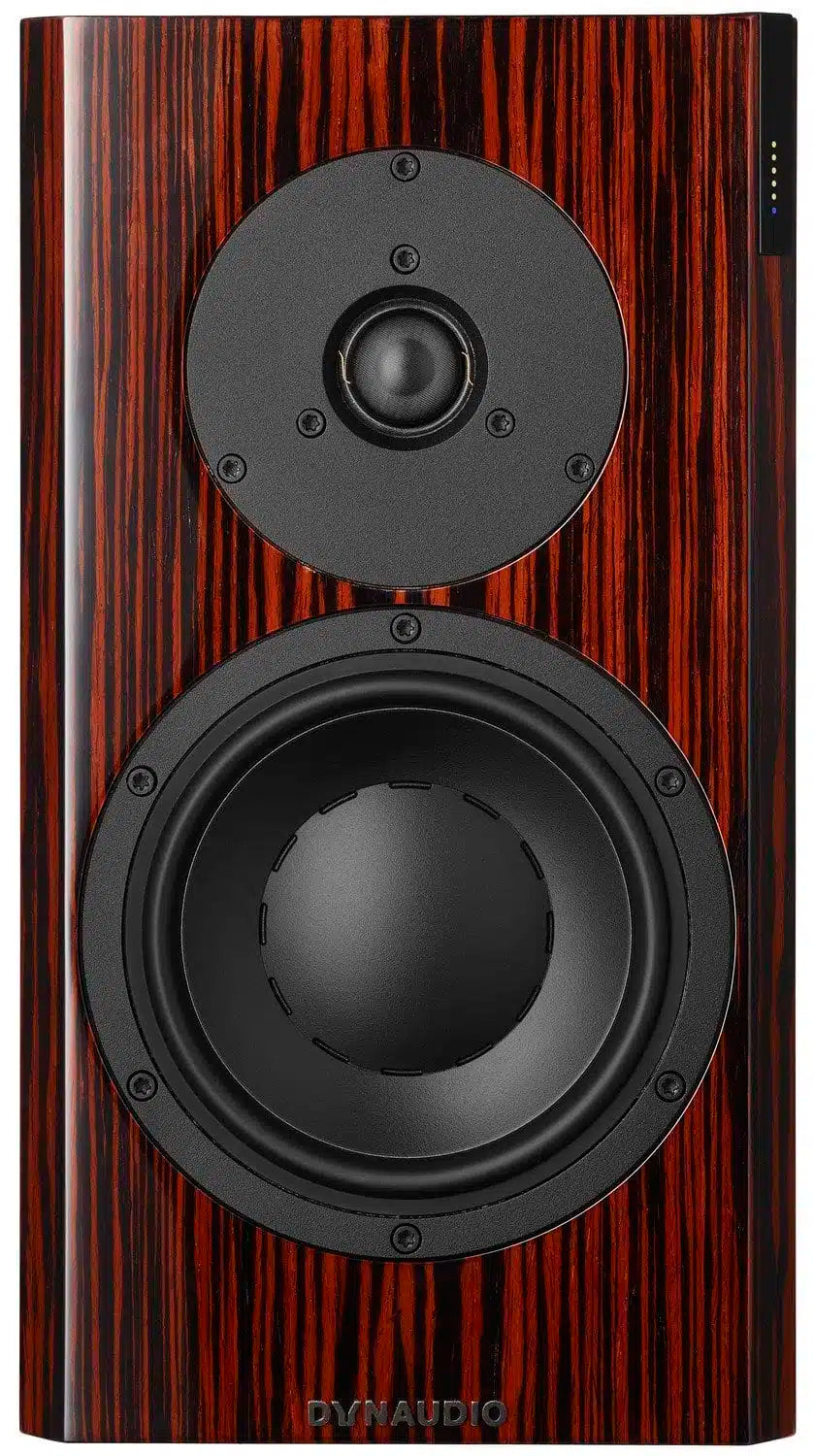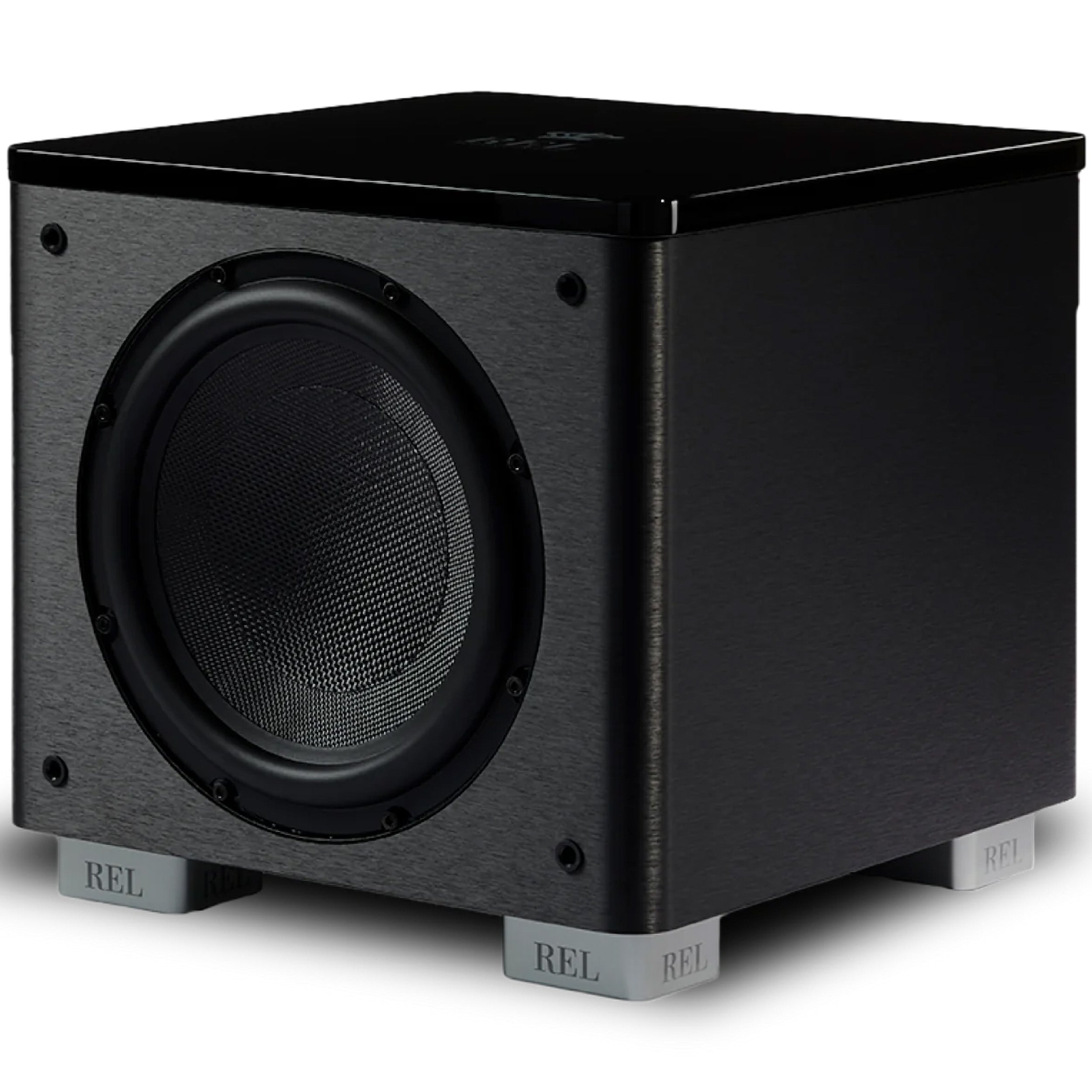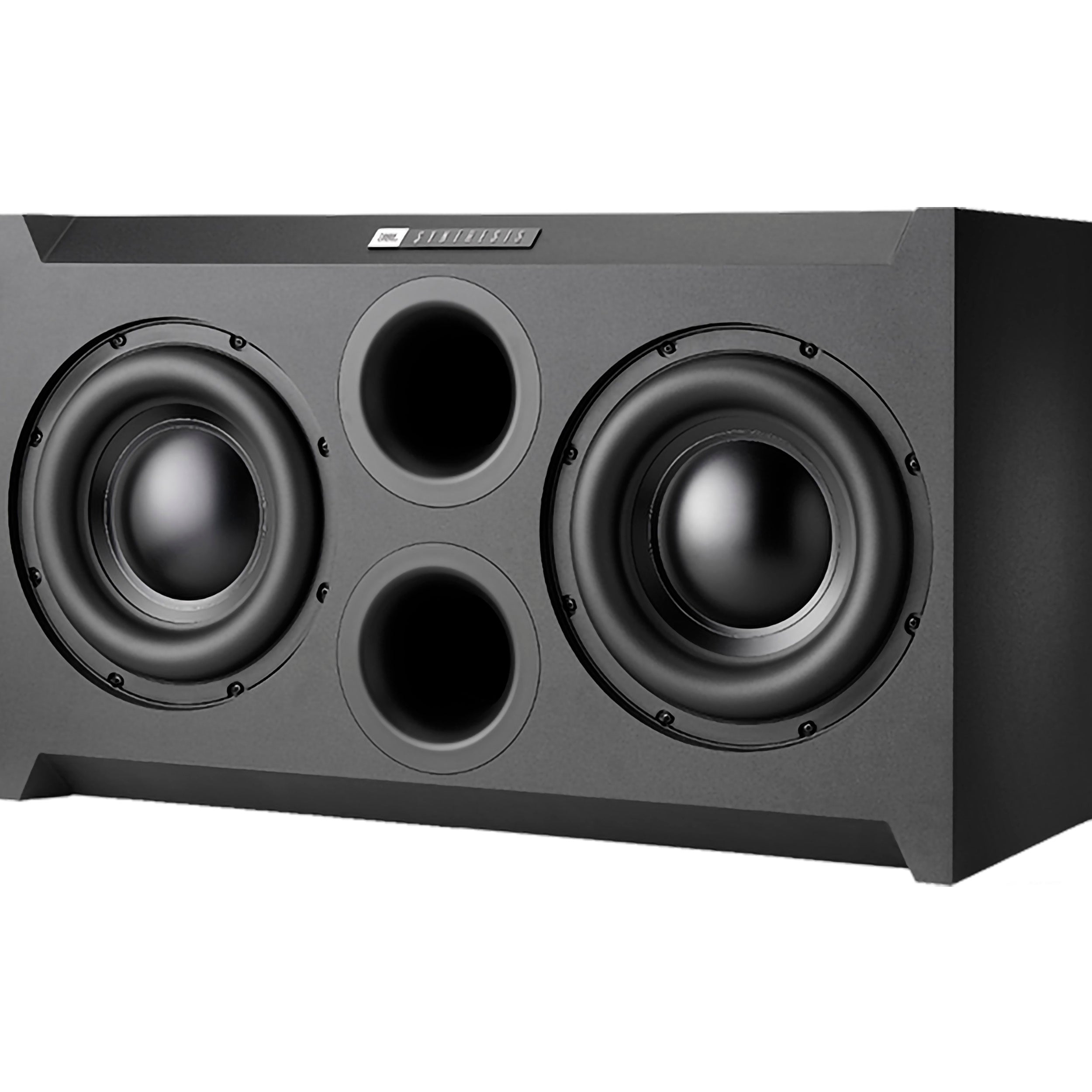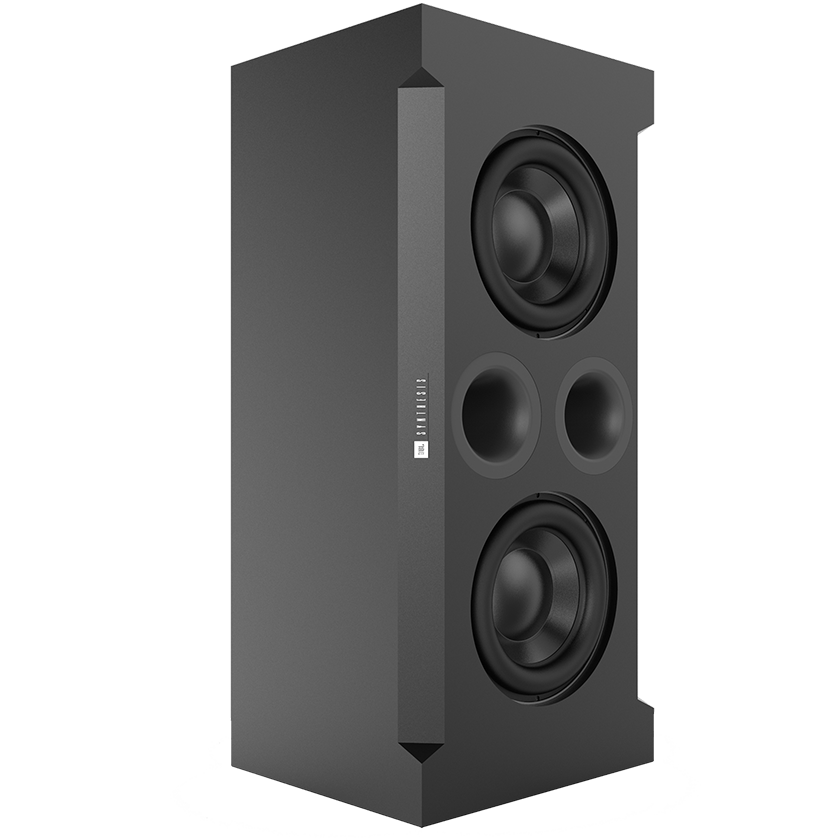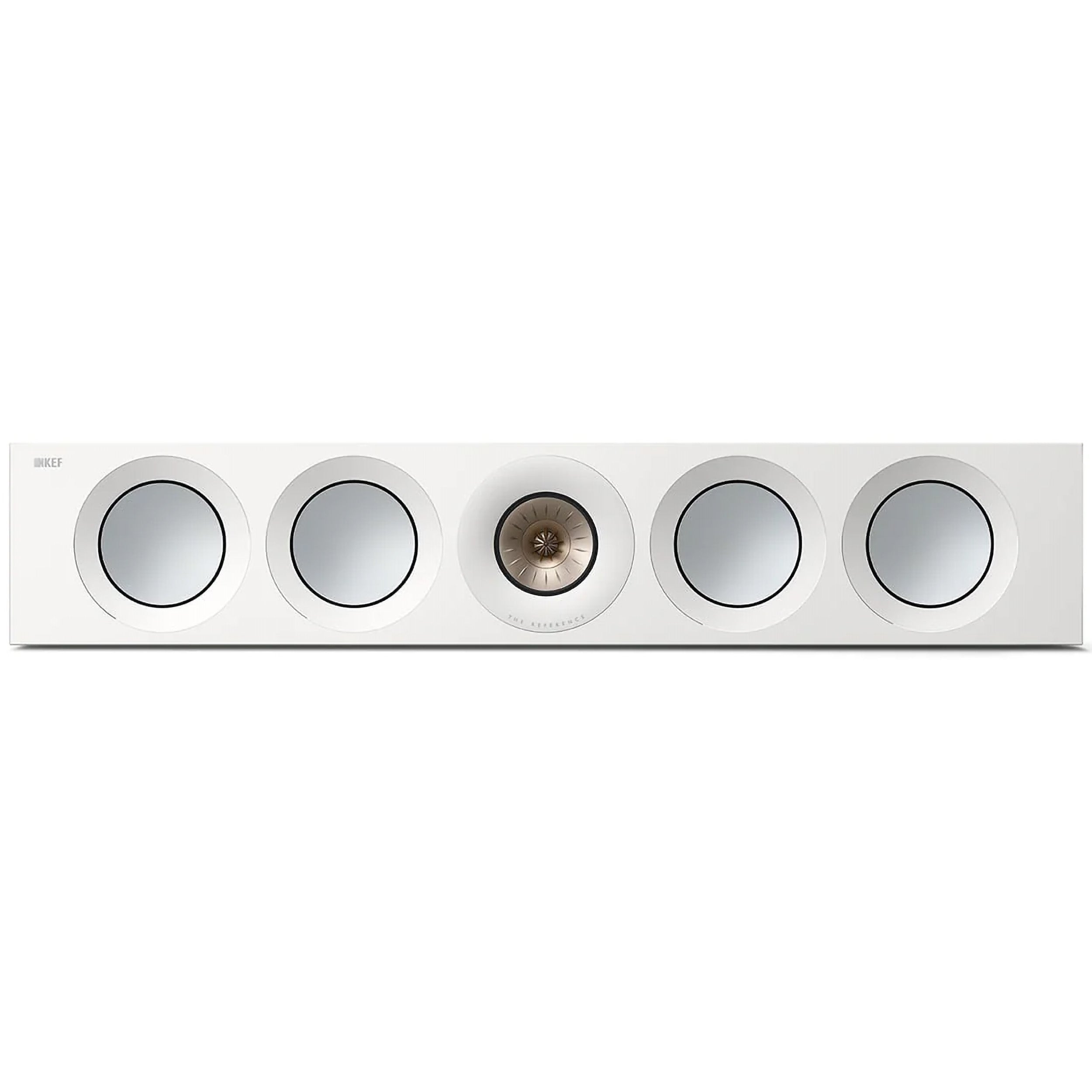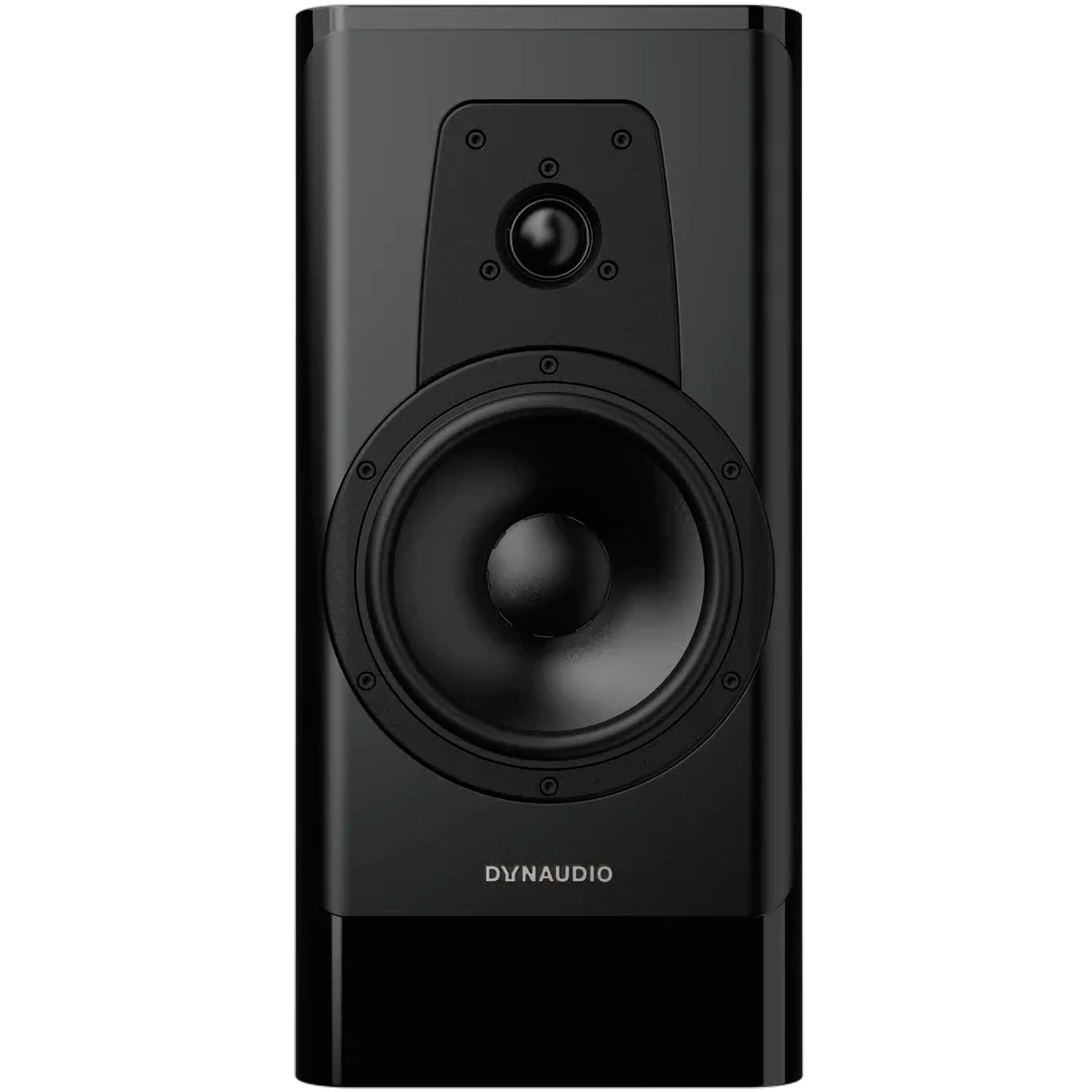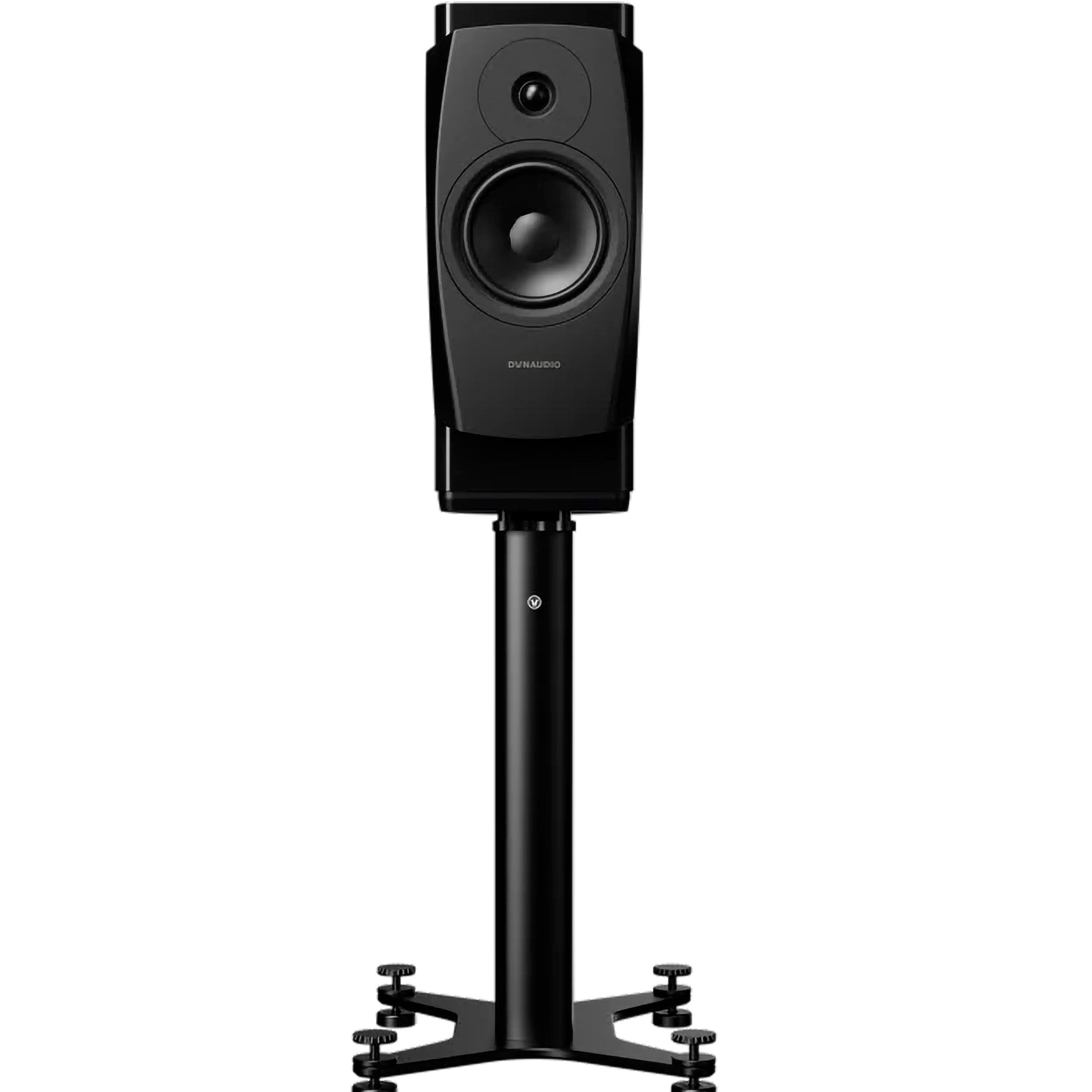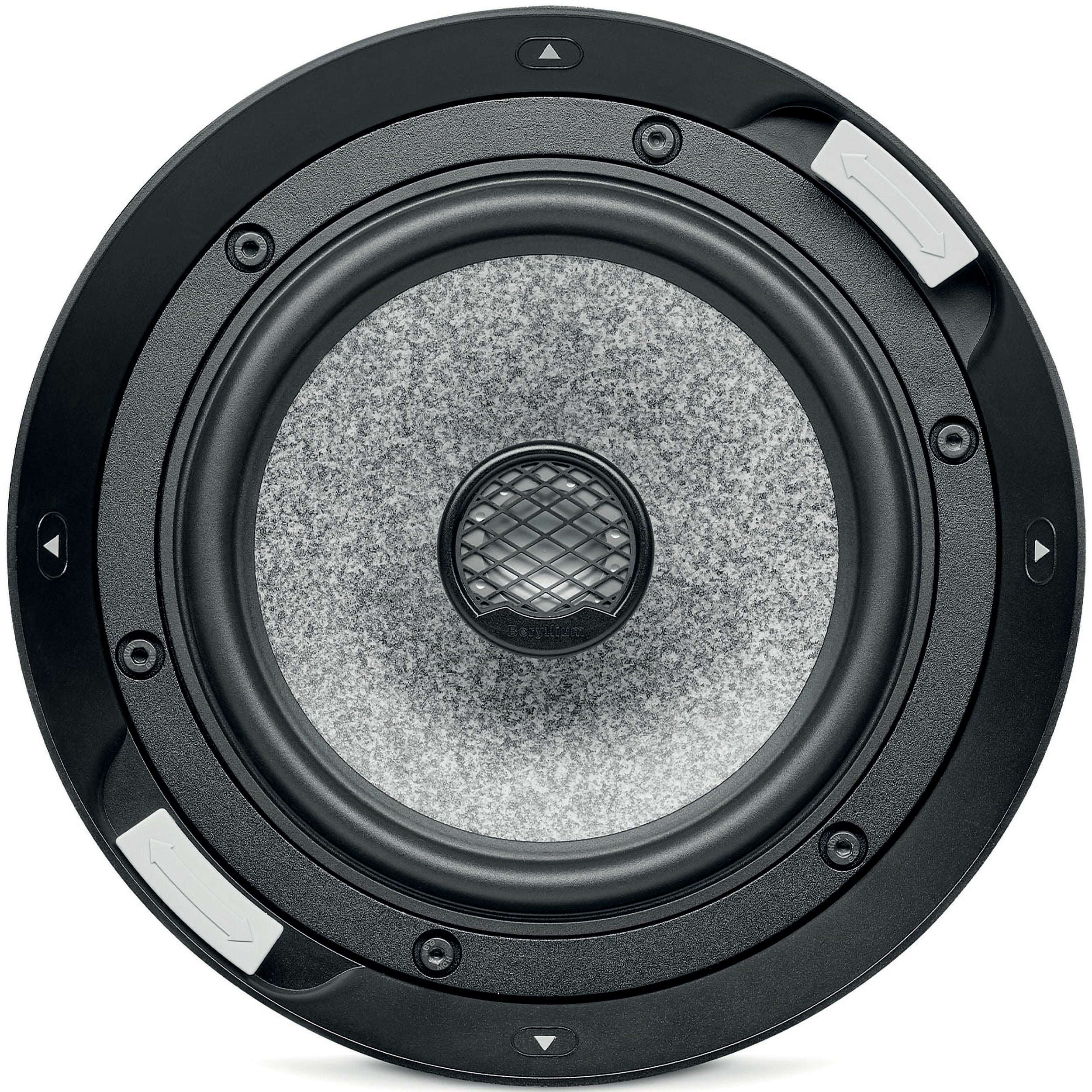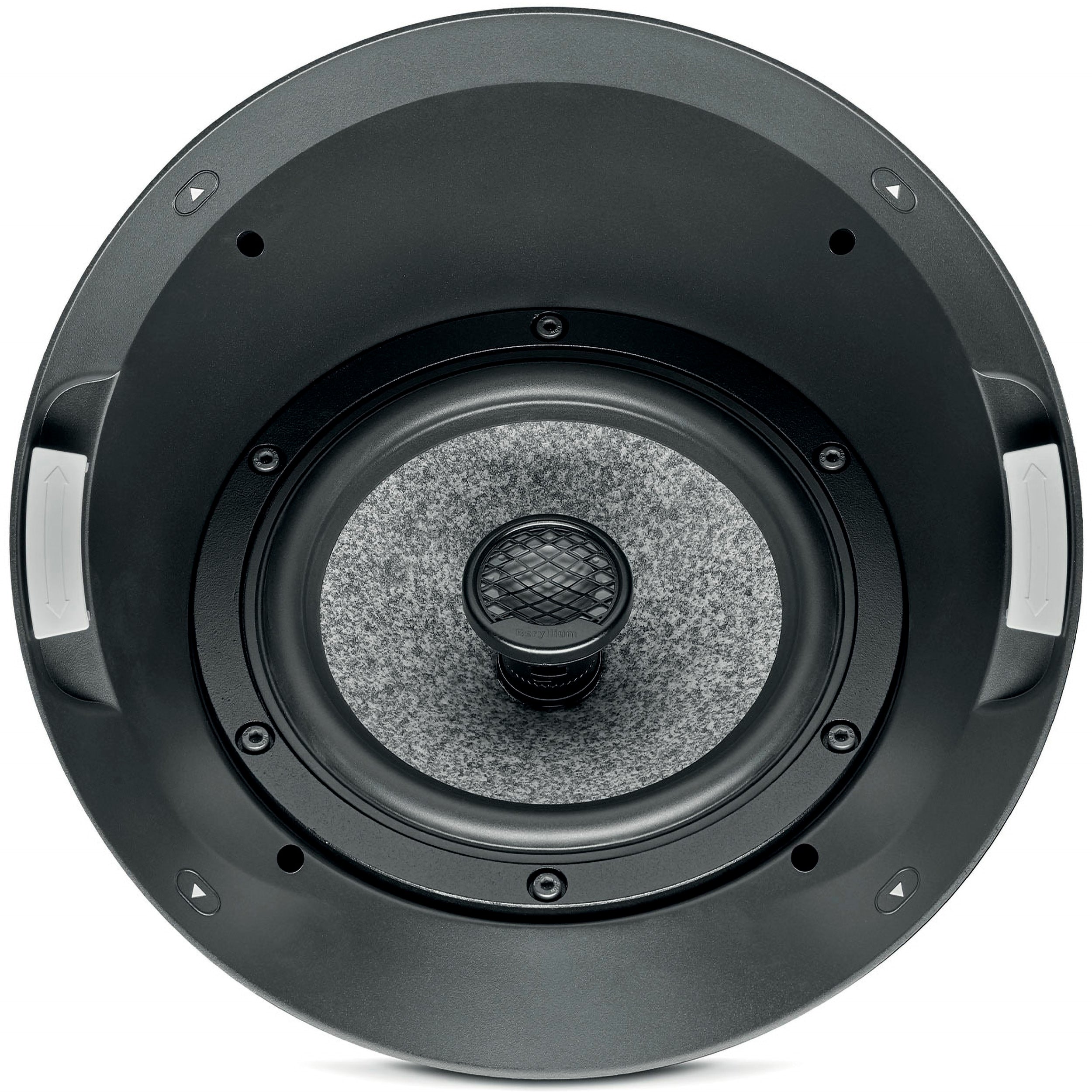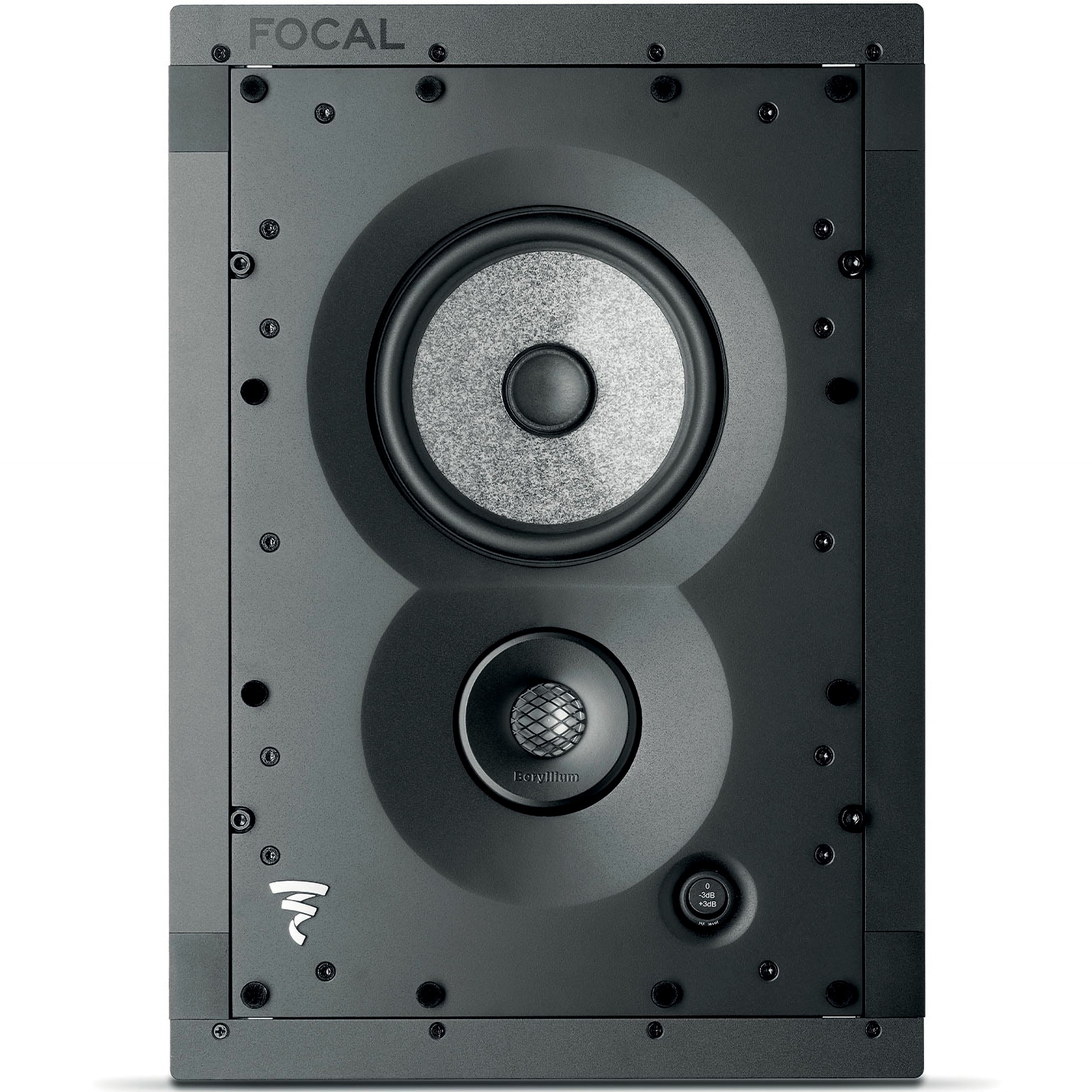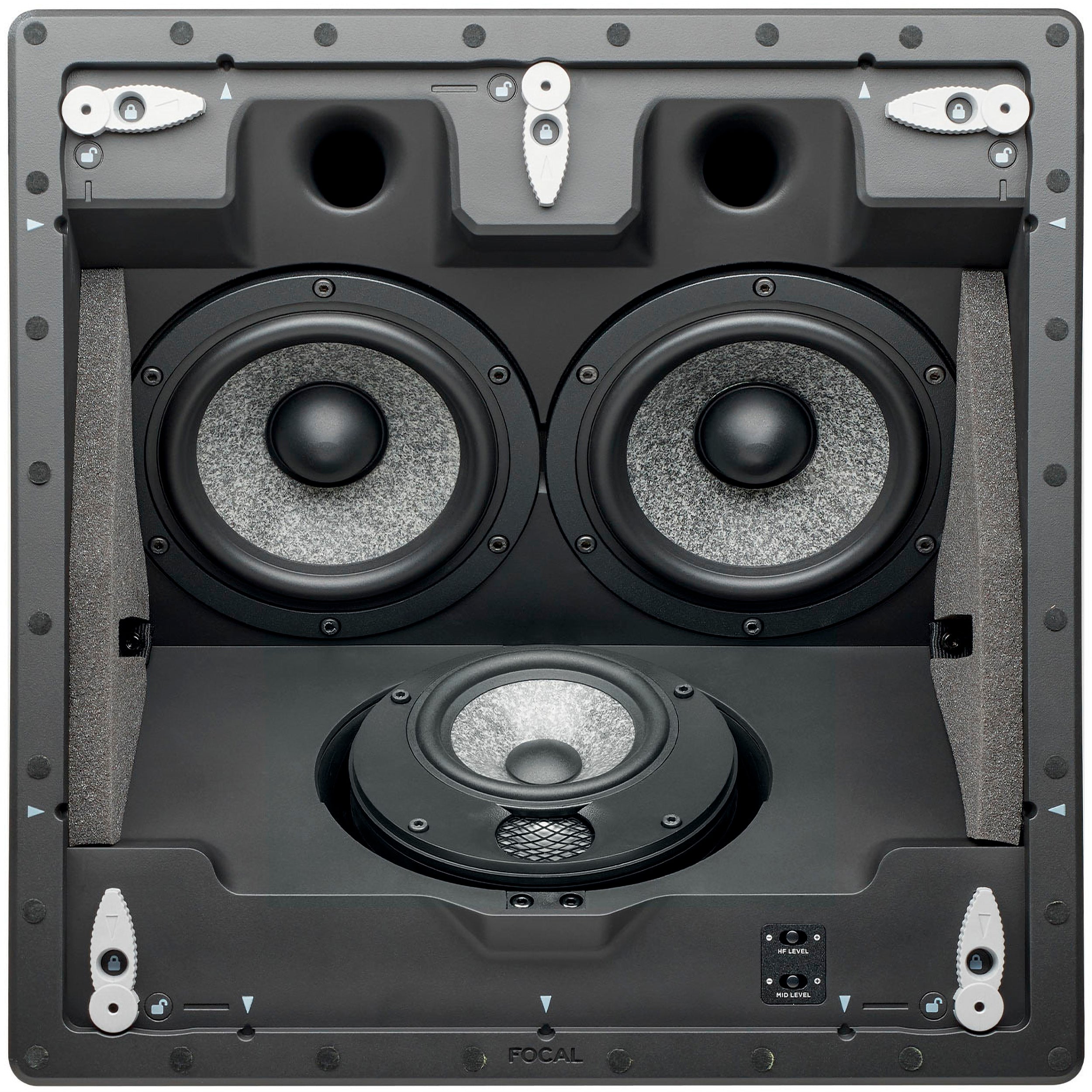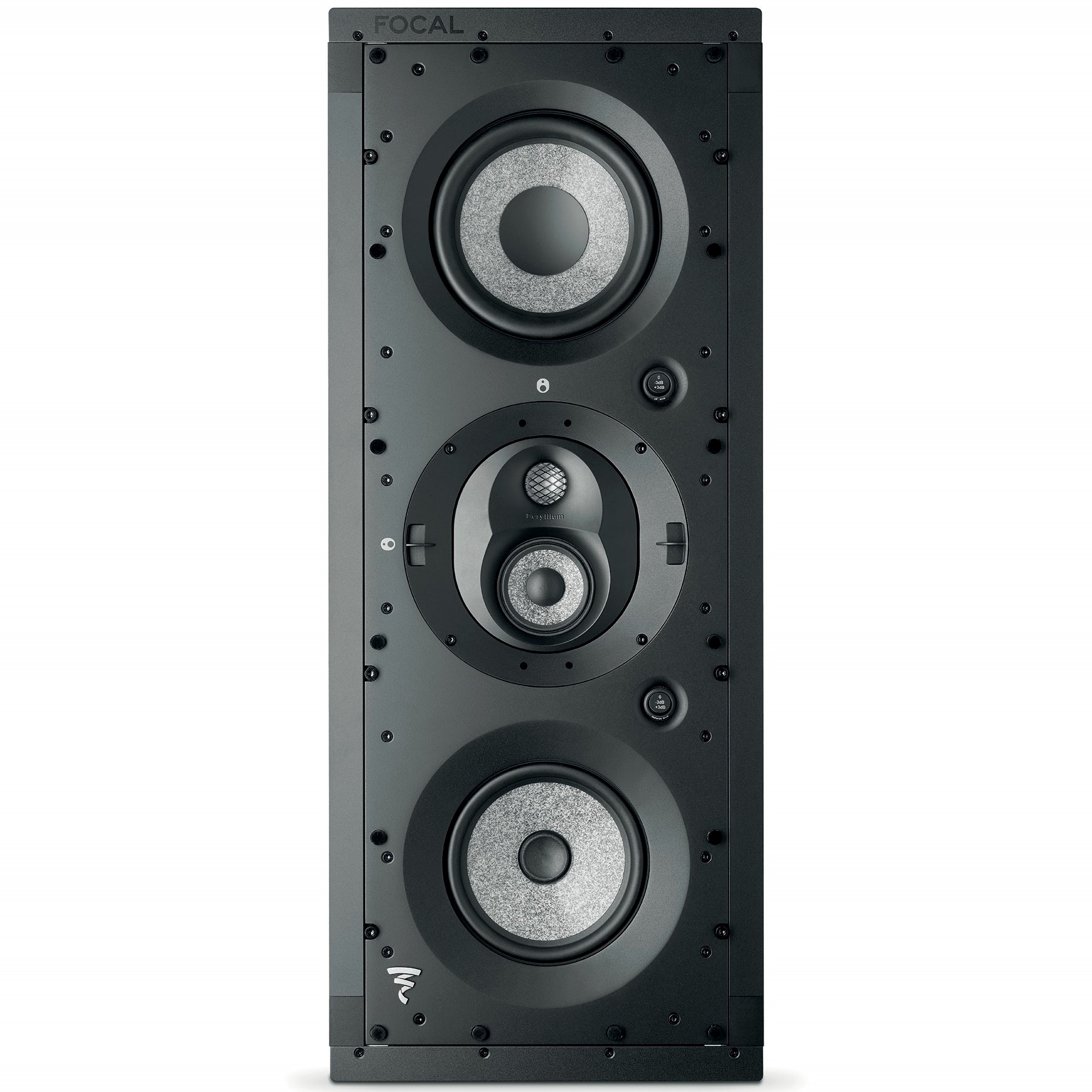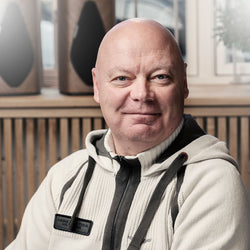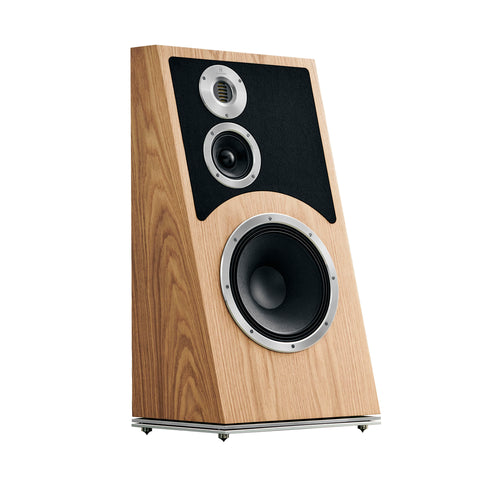Filtre
Højtalere
Højtaleren er en nødvendig bestanddel i frembringelse af lyd og musik. Disse findes i et stort antal i vores hverdag og de benyttes overalt hvor vi færdes. I bilen, i vores mobiltelefoner og tv apparater osv.
Typisk for en højtaler er det at den kræver en form for strøm for at spille. Dette får den igennem en forstærker som er i stand til at sætte højtalerens membran i bevægelse og derved opstår der lydbølger/svingninger som vi igennem vores ører opfatter som lyd. Dette er den korte og forenklede forklaring på højtalerens funktion.
Højtaler findes i mange afskygninger, typer og størrelser. Vigtigst er dog at du får valgt de højtalere der netop passer til dine behov.
Passive højtalere
Den passive højtaler har ingen indbygget forstærker, og har derfor brug for en separat forstærker for at frembringe lyd. Denne type af højtaler er den som vi typisk kender fra et klassisk stereoanlæg med to højttalere, forstærker, cd afspiller osv.
Aktive og trådløse højtalere
Den aktive højtaler har i modsætning til den passive højttaler en indbygget forstærker der gør den i stand til at spille uden brug af en separat forstærker. Disse aktive højttalere finder vi typisk i hverdagen som Soundbars, soundbokse, og den velkendte køkkenradio. Dog er der de senere år også kommet en del velspillende stereohøjtalere på markedet til brug for endog seriøs lytning. Flere af disse aktive højtaler løsninger indeholder også indbygget muligheder for streaming fra de forskellige tjenester via Bluetooth, Wi-Fi, Chromecast eller Airplay2.
De aktive og trådløse højttalere er den perfekte løsning til dig, der ønsker en fremragende lyd uden det fylder for meget. Tillige har flere af disse aktive løsninger også mulighed for såkaldt ”mulitirumslyd”, så du kan have lyd i flere rum af gangen.
Gulvhøjtalere
Gulvhøjtaleren må betragtes som værende den ultimative lydgengiver. Denne type højttaler er i modsætning til de mindre kompakt/ stander-højttalere i stand til at gengive alle musikkens aspekter, og her tænkes der specielt på de dybere oktaver der findes i musikken, disse er nødvendige for at få en fuldstændig realistisk gengivelse som musikken var tiltænkt i sin oprindelse.
Gulvhøjtaleren giver en realisme og størrelse på lyden som de mindre alternativer ikke er i stand til at gengive på samme måde. Dette skyldes typisk at en gulvhøjtaler har en større fysisk fremtoning i form af et større kabinet, men generelt også større og flere højttalerenheder. Ulempen er at denne type højtaler optager mere plads i dit lytterum sammenlignet med den kompakte højtaler-løsning.
En gulvhøjtaler har også tendens til at sætte større krav til de omgivelser den bliver placeret i og her har rummets størrelse og beskaffenhed en stor indflydelse på det samlede resultat. Dog er det i denne type højttaler at man finder de ultimative lydoplevelser.
Kompakthøjtalere
Disse mindre alternativer til gulvhøjtalerne bruges typisk i mindre rum hvor pladsen har større betydning end hos brugeren af gulvhøjttalere. Dog monteres mange kompakt/ stander-højttalere på en fod eller stativ som i sidste ende gør, at de optager samme gulvplads som gulvhøjttalerne.
Ved kompakthøjtalere har rummets størrelse også en afgørende betydning, da de mindre højttalere ikke spiller så dybt og kraftigt som gulvmodellerne. Derfor kan kompakthøjtalere være nemmere at tilpasse rent akustisk i et mindre rum. Selvom disse kompakte højtalere ikke har den samme dybde og tyngde i lyden som en gulvhøjttaler, så skal der ikke herske nogen tvivl om, at man stadig kan få sublim lydgengivelse med mindre højtalere.
Hvordan vælger jeg mine højtalere?
1. Tænk først over hvilke musikalske behov du har. Hvor tit lytter du til musik, og hvor meget betyder kvaliteten af lyden for dig. Dette kan i sidste ende være en ”rettesnor” for hvor meget du skal investerer i dine nye højttalere.
2. Tænk over hvor megen plads du har til rådighed til dine nye højtalere. Skal det være passive eller aktive højttalere, skal det være gulvhøjtalere eller en kompakt/ stander-højtaler løsning. Her er rummets størrelse afgørende. Hvor mange kvadratmeter ønsker du at spille op. Dette har altid en betydning uanset om du vælger en passiv eller en aktiv højtaler.
3. Hvis du vælger den passive løsning, så vær opmærksom på hvilket udstyr dine nye højttalere skal spille sammen med. Her tænkes der især på hvilken forstærker du skal spille med. Det er nemlig ikke lige meget hvilke højttalere du bruger sammen med din forstærker. Søg her råd og vejledning hvis du er i tvivl.
Hvad består en højtaler af?
En højtaler består grundlæggende af et kabinet hvor der er monteret nogle højtaler-enheder som er forbundet til et såkaldt delefilter.
1. Diskant
Diskanten er den enhed der varetager de højeste frekvenser i musikken, her findes typisk overtoner på stemmer og instrumenter. Diskanten er muligvis den mest kritiske enhed på din højttaler da den har altafgørende betydning for stereoperspektivet. Altså betydning for at dine højtalere får det rette samspil med hinanden.
Diskanten er også der hvor alle de fine og sarte nuancer opstår, så en god diskant er meget vigtig for den samlede lydgengivelse. Typisk findes der to typer af diskant-enheder. Den mere traditionelle ”dome” diskant, og den mindre kendte bånd-diskant. Disse to typer varetager de samme arbejdsopgaver i højtaleren, dog kan de lyde meget forskelligt. Her er det et spørgsmål om at lytte til hvilken type der passer dig bedst.
2. Mellemtone
Mellemtonen er den enhed der primært varetager frekvensområdet hvor grundsubstansen af stemmer og instrumenter findes i musikken. De menneskelige ører er temmelig følsomme i netop dette område, og derfor er det også her vigtigt at mellemtonen er af en høj kvalitetsmæssig beskaffenhed.
3. Bas
Basenheden er den enhed der gengiver de dybere oktaver i musikken. Jo større basenhed, jo dybere og kraftigere bas kan den spille. Det er især her du skal være opmærksom på størrelsen af dit rum og højttalernes placering i rummet.
Hvis du vælger nogle højtalere som har store basenheder, skal du være opmærksom på, om dit rum er stort nok til at matche basgengivelsen fra dine basenheder. Ellers vil det typisk ende med en ”rungende” og overdrevet basgengivelse.
LÆS OGSÅ: Sådan opsætter og indstiller du din subwoofer
4. Delefilter
Delefilteret som er monteret inden i højtalerne har til opgave at formidle arbejdsopgaverne til de forskellige enheder i højttalerne. Det er delefilteret som bestemmer hvilke enheder, der skal spille de forskellige frekvenser i musikken.
Dine højtalerkabler har forbindelse til højtalerterminalerne som sidder bagpå dine højttalere, og fra højtalerterminalerne går der en direkte forbindelse til delefilteret som derefter sender signaler til højtalerens forskellige enheder.
5. Watt og driftseffekt
Watt er måleheden for elektrisk effekt, og i en højtaler udgør watt opgivelsen af den effekt, som højttaleren kan tåle at blive belastet med. Desto flere watt desto højere belastning kan højtaleren generelt tåle.
Driftseffekten angiver hvor mange watt højtaleren skal tilføres for at den giver et lydtryk på 96 Db målt i 1m afstand. Forenklet sagt, så er driftseffekten et udtryk for, hvor mange kræfter forstærkeren skal bruge for at trække højtalerne. Samtidig er det en indikator på, hvor kraftig en forstærker du skal bruge sammen med de pågældende højtalere. Det er altid vigtigt, at højtalerens elektriske egenskaber passer til den forstærker, der skal trække dem.
6. Placering af højtalerne
Hvordan du placerer dine højtalere har stor indflydelse på den samlede lydkvalitet. Et sæt stereohøjtalere bør som udgangspunkt placeres i retning mod den fortrukne lytteposition, så højtalernes enheder spiller hen imod lytteren.
Det optimale er at placerer højtalerne således, at de har omtrent den samme afstand imellem hinanden, som de har afstand hen til lyttepositionen. Altså i en ligebenet trekant. Sagt med andre ord så har det altså en væsentlig lydmæssig betydning, at højtalerne har den samme afstand til den fortrukne lytteposition. I modsat fald vil det forringe opfattelsen af stereoperspektivet. Derudover vil det gå ud over rytmik og ikke mindst timingen i musikken.
LÆS OGSÅ: Sådan får du bedre lyd ud af dine højtalere
De fleste traditionelle stereohøjtalere har også brug for lidt plads omkring sig for at lyde som tiltænkt. Derfor bør de som udgangspunkt have en hvis afstand til bagvæggen. Typisk 20-50 cm. Såfremt det er muligt, så bør det undgås at placerer højtalerne direkte i hjørnerne, og det kan også være at højtalerne skal vinkles lidt ind imod lyttepositionen for at opnå et godt stereoperspektiv og sammenhængende lydbillede.
Nogle højtalere stiller højere krav end andre med hensyn til deres placering i dit lytterum, og her skal du søge råd og vejledning hvis du er i tvivl. Hos Lydspecialisten står vi altid klar til at vejlede dig og svare på dine spørgsmål. Det er derfor, vi er her.









